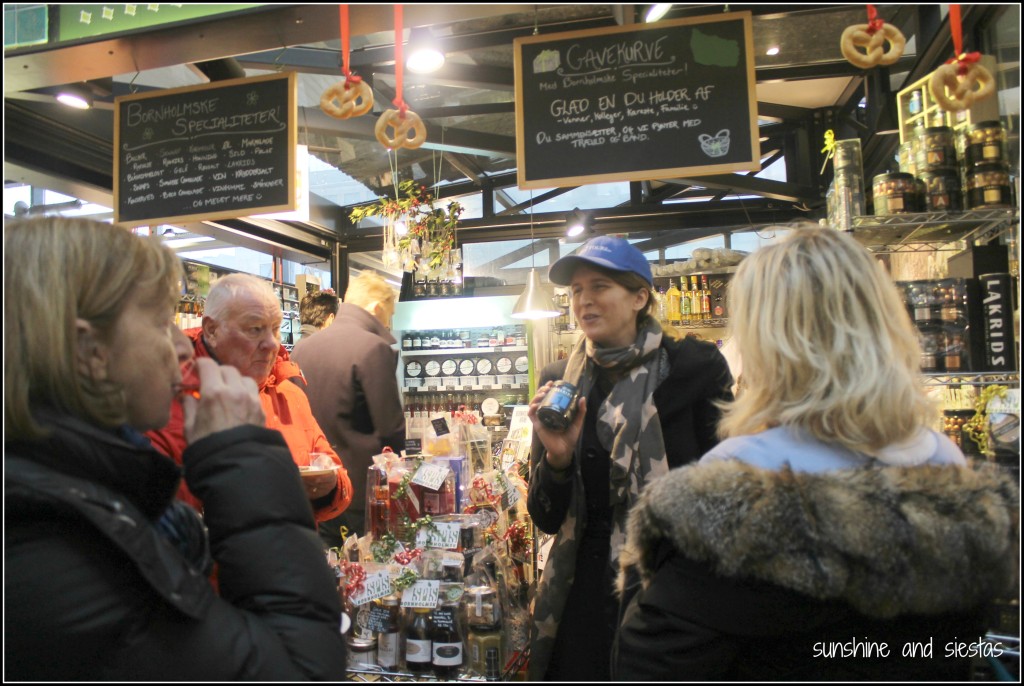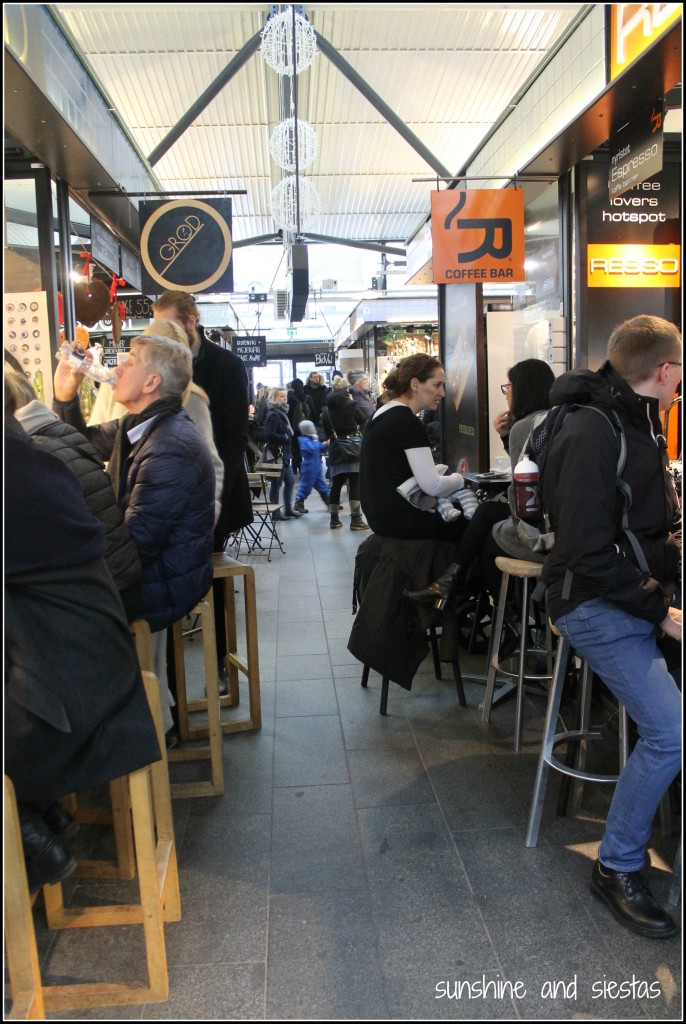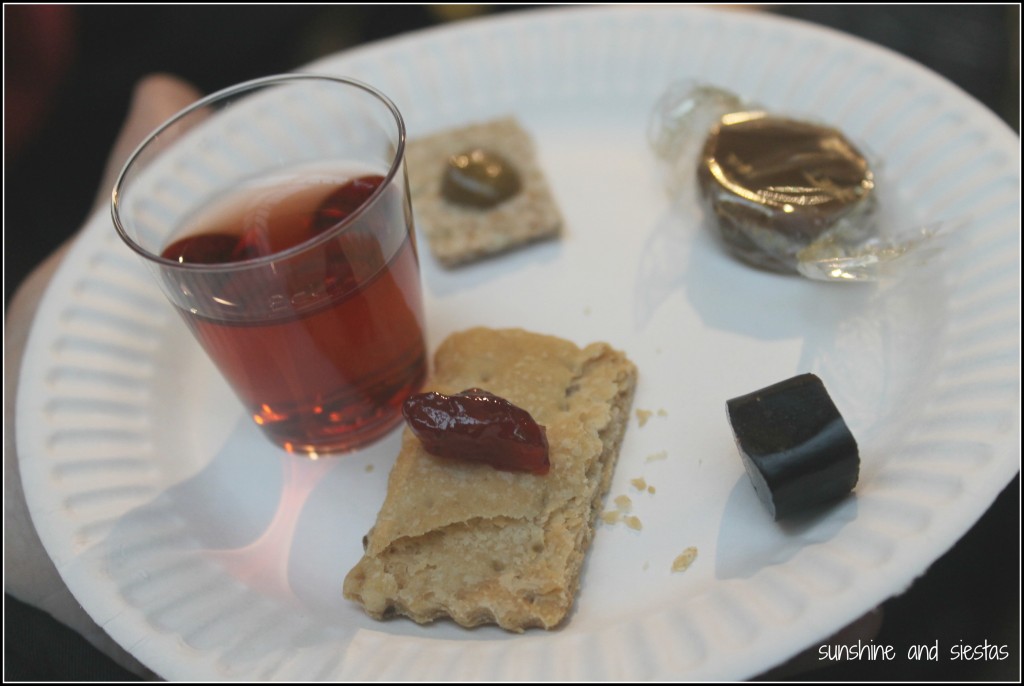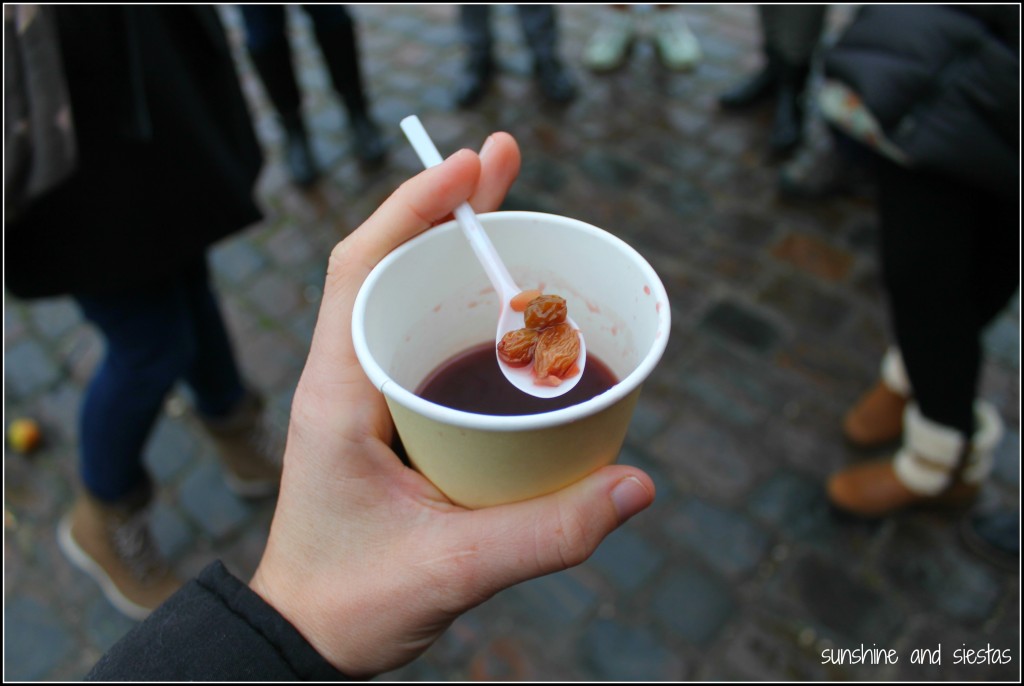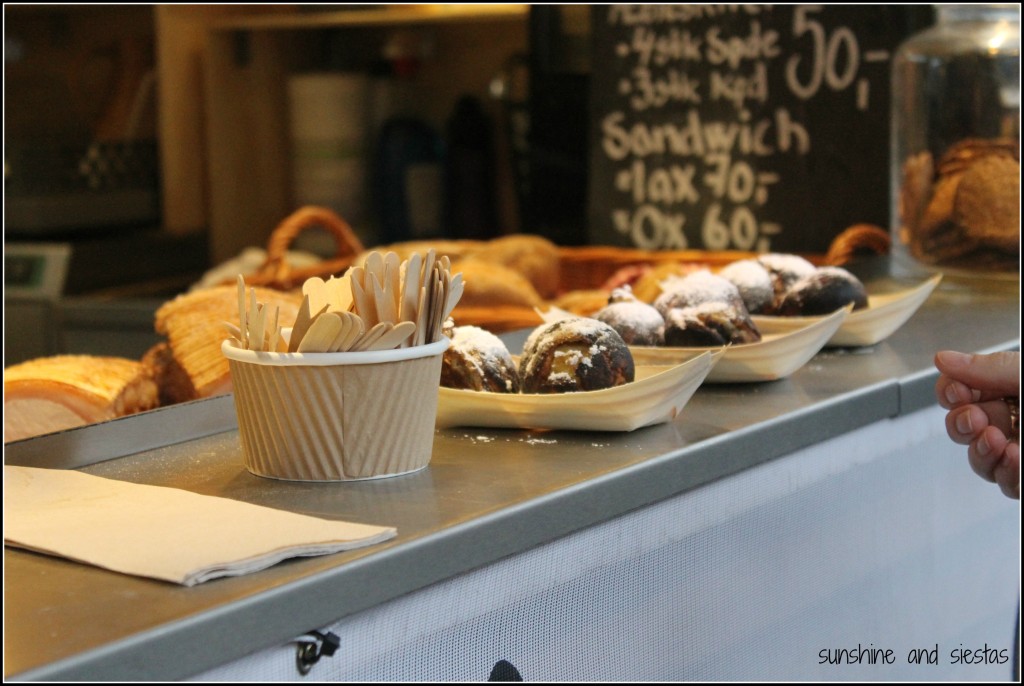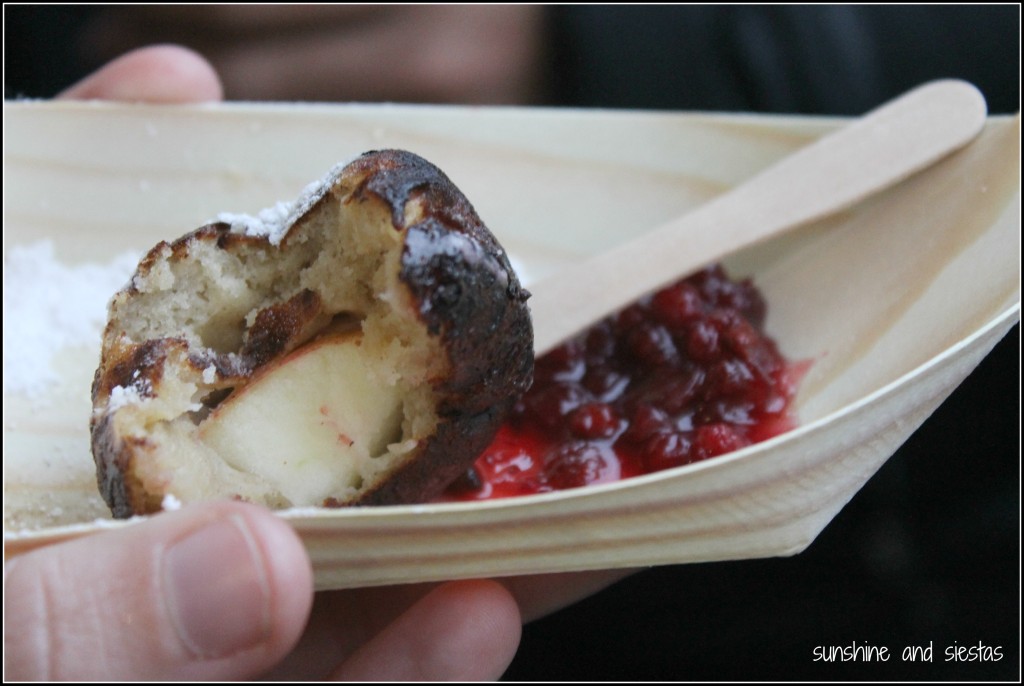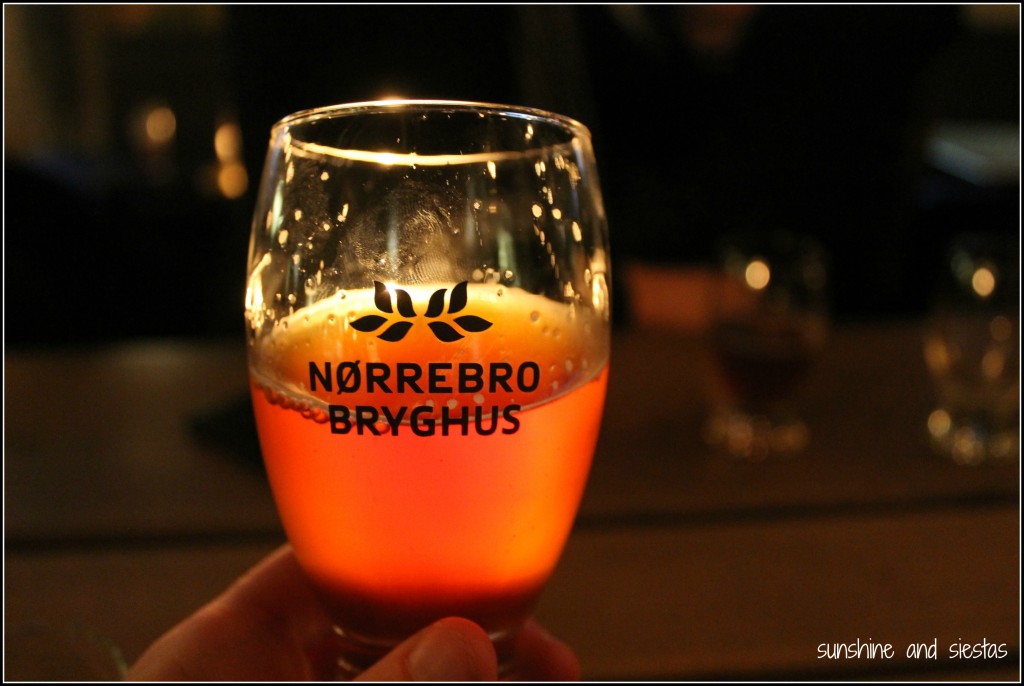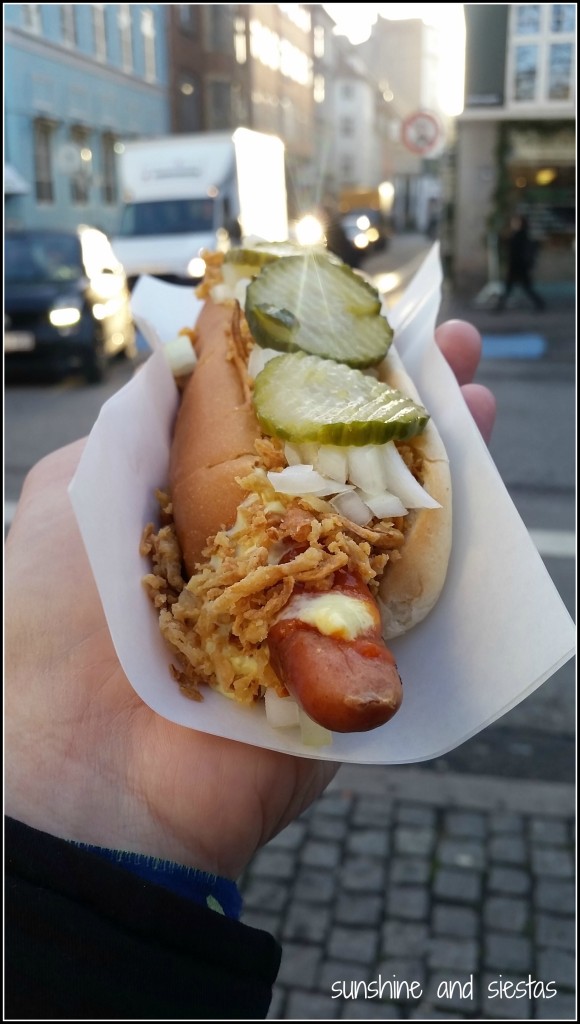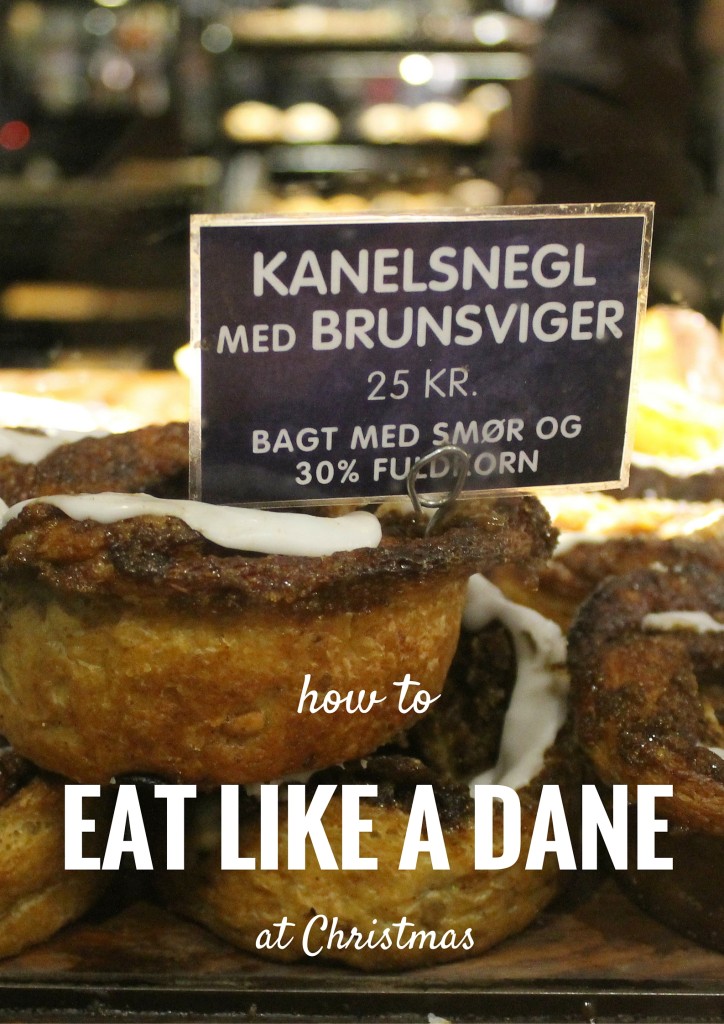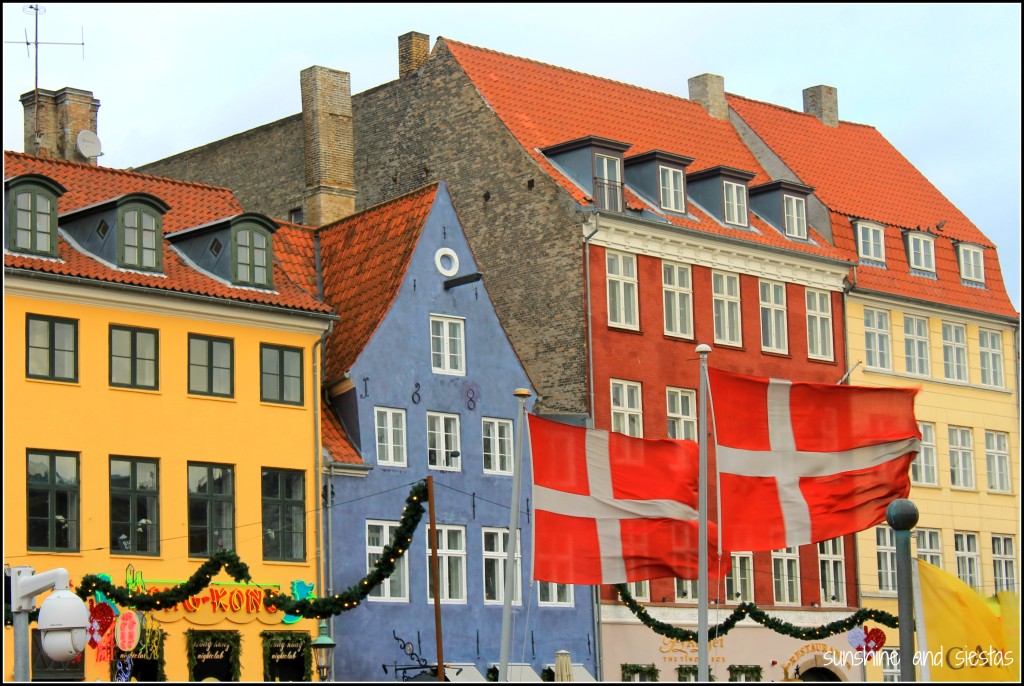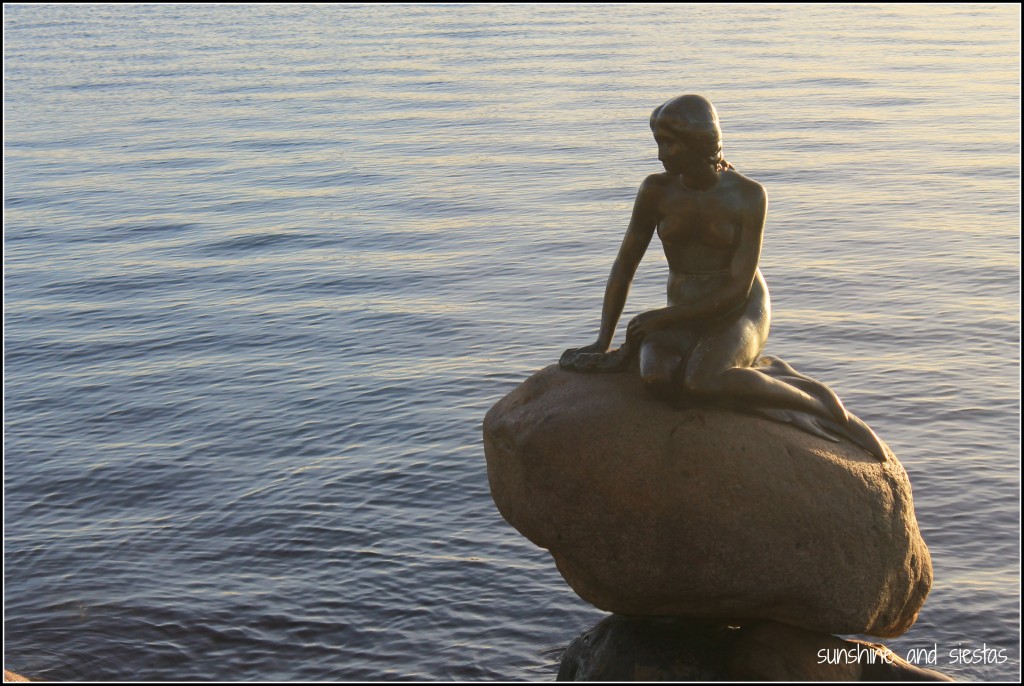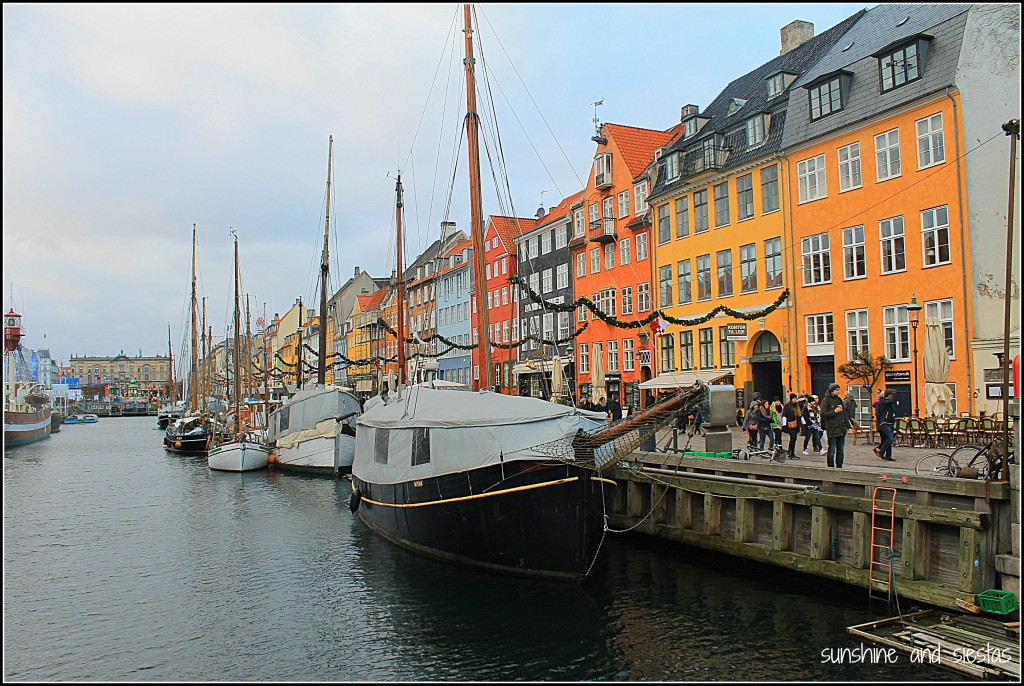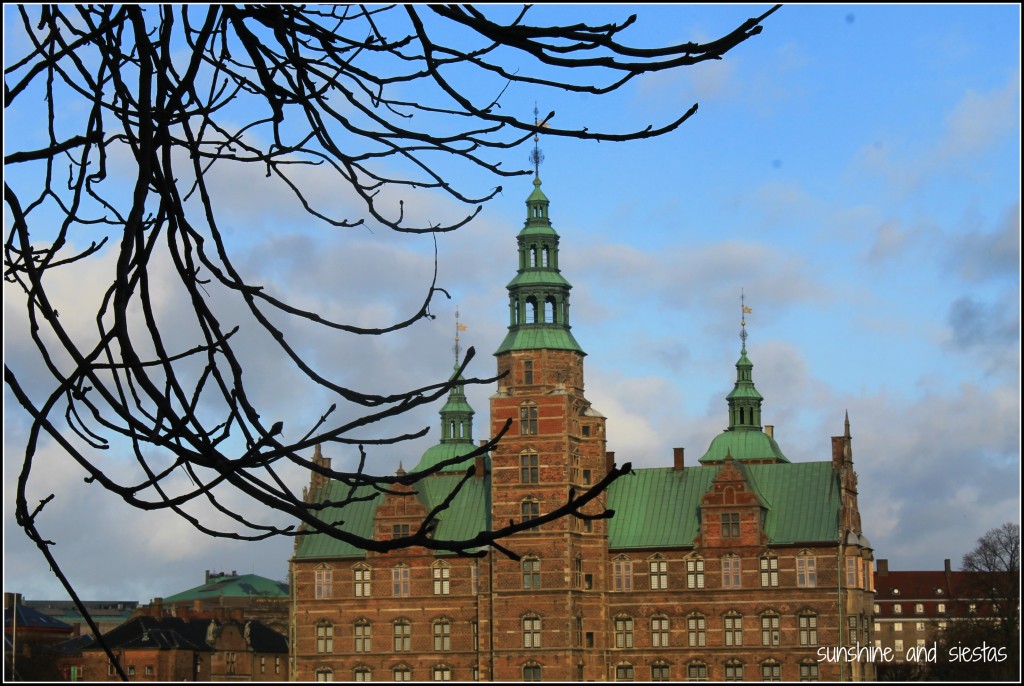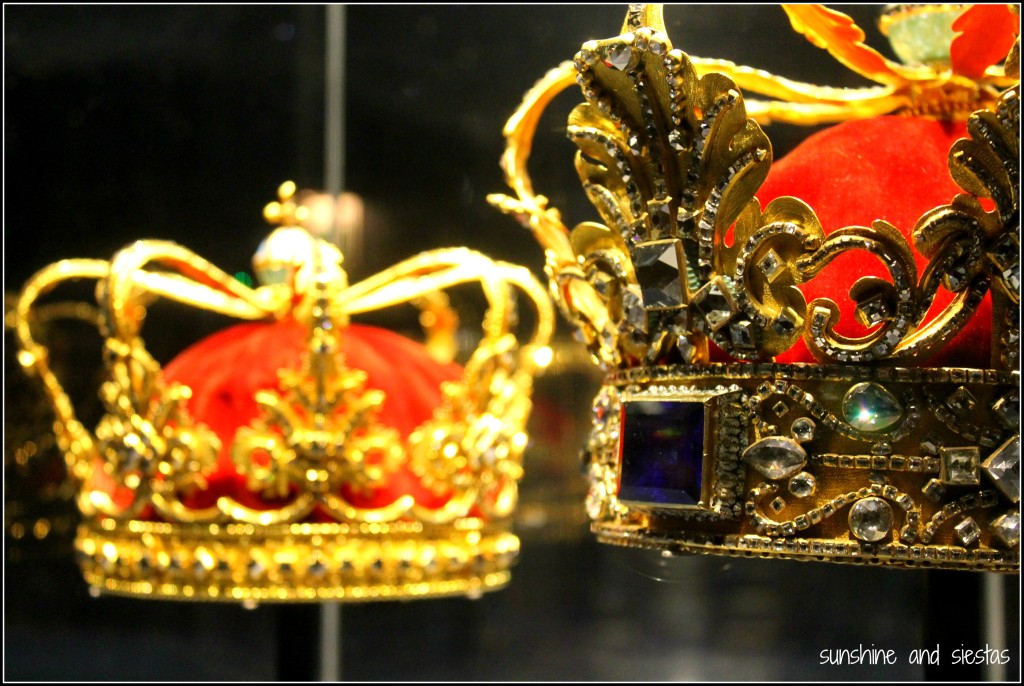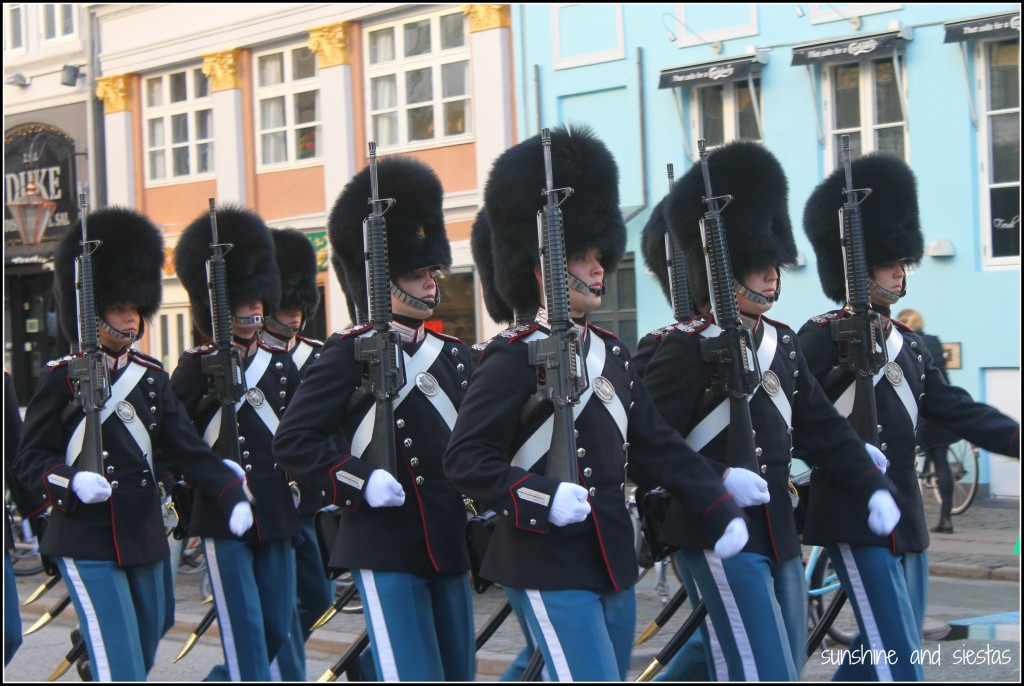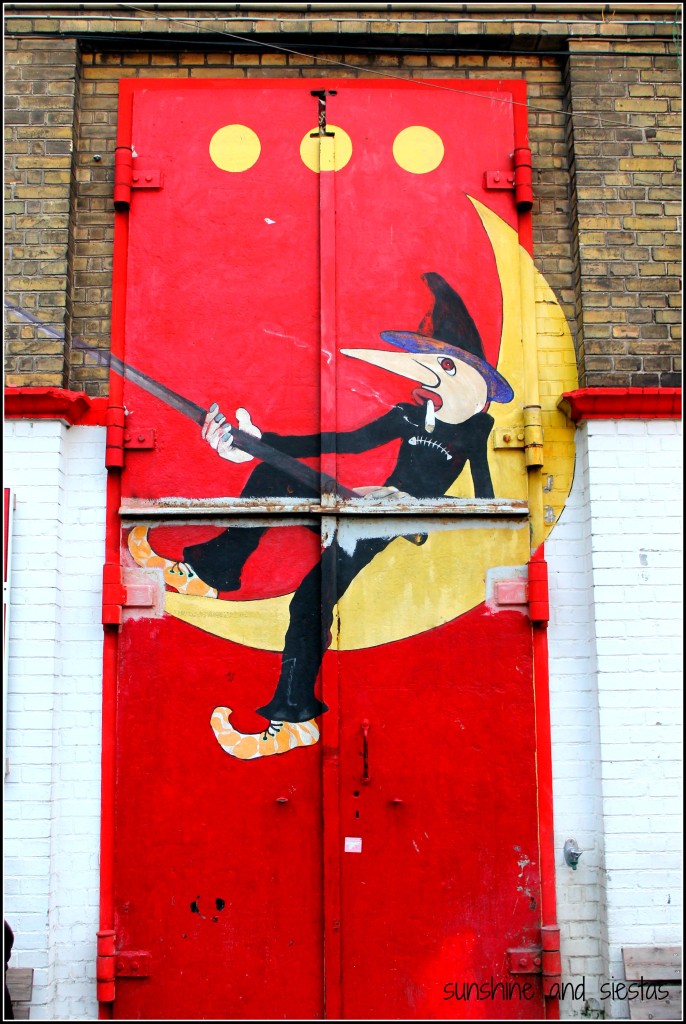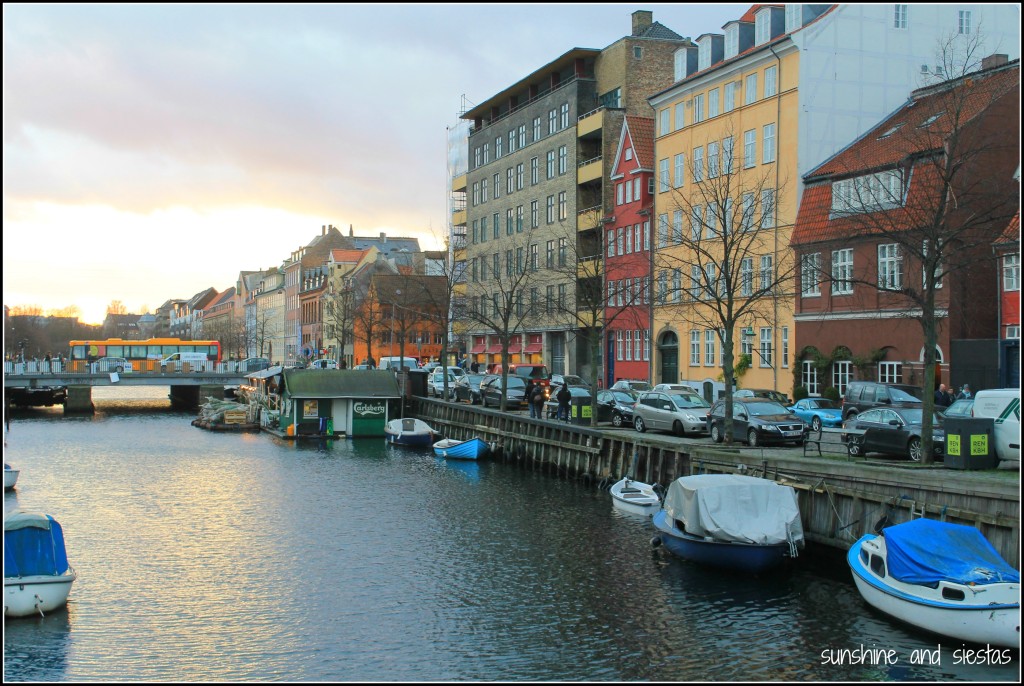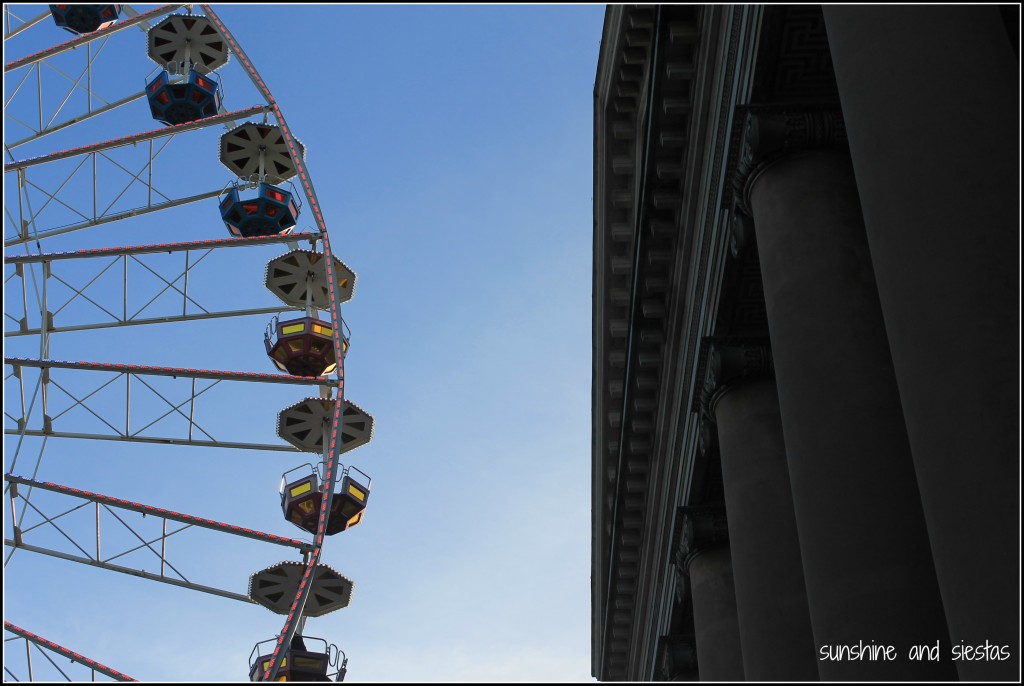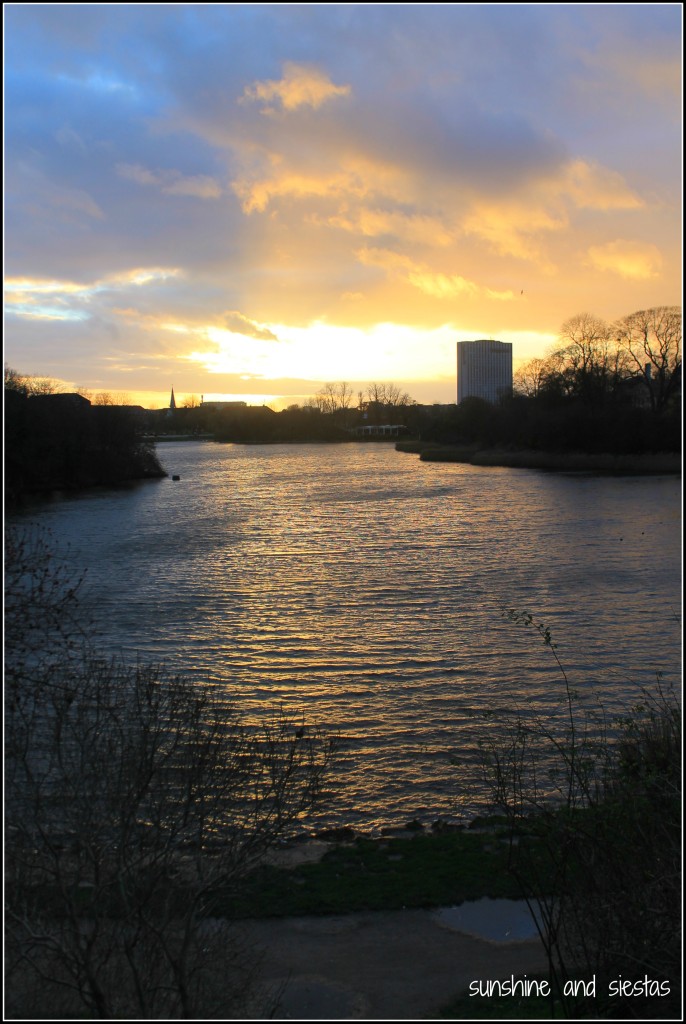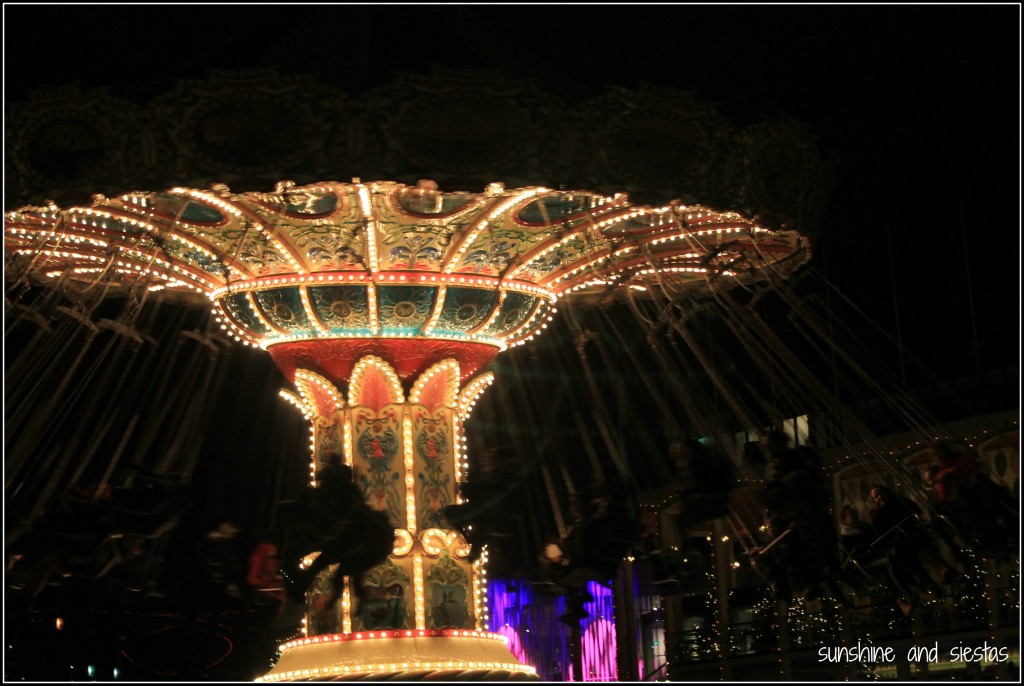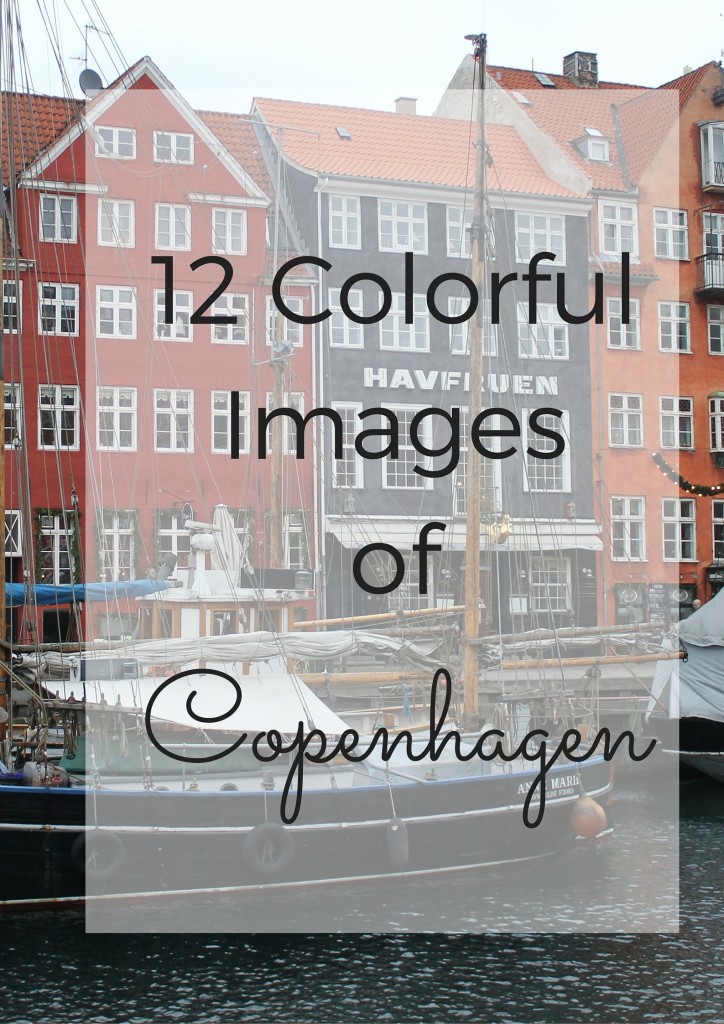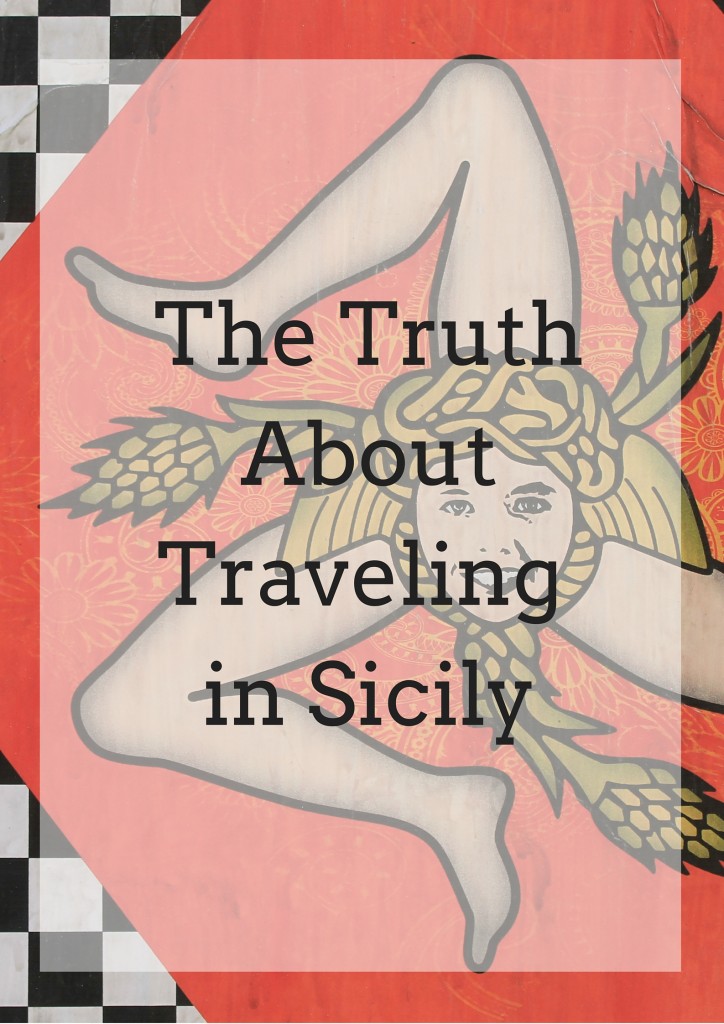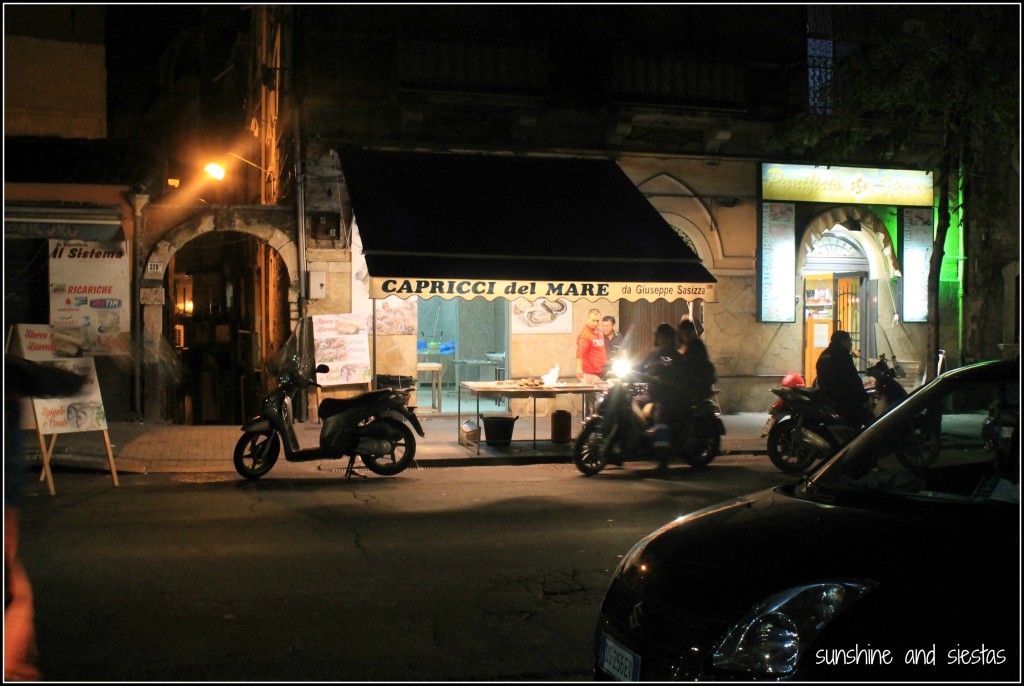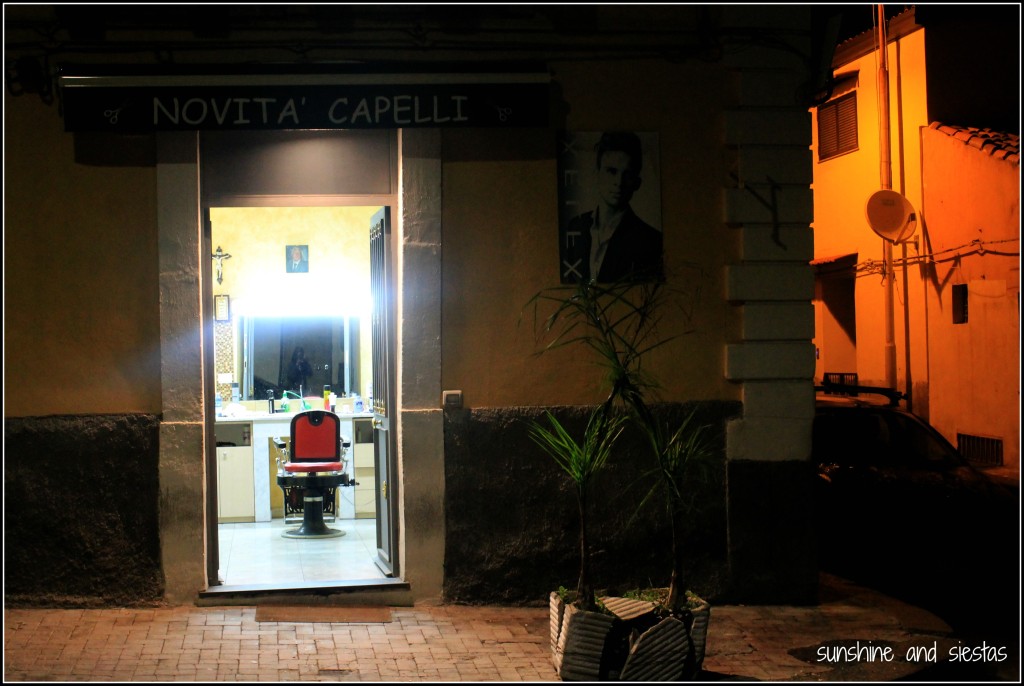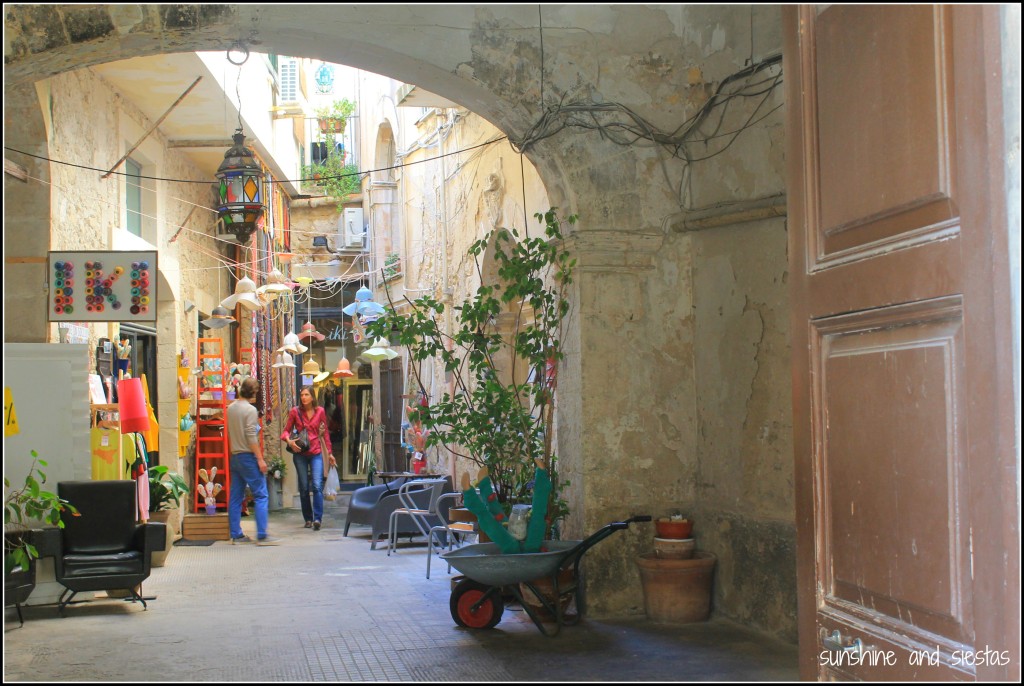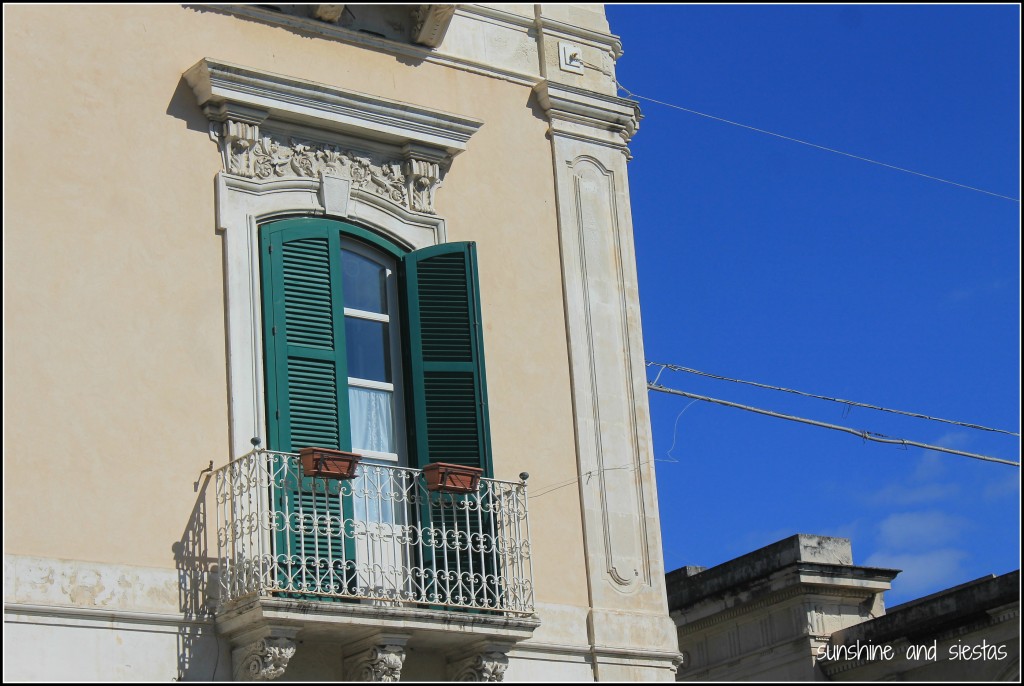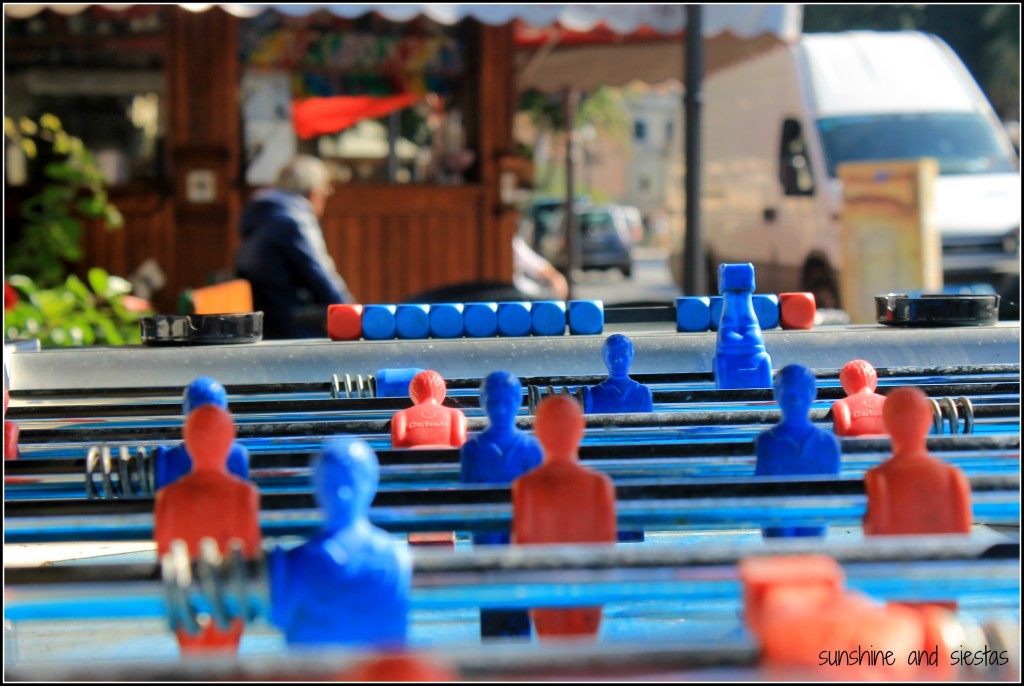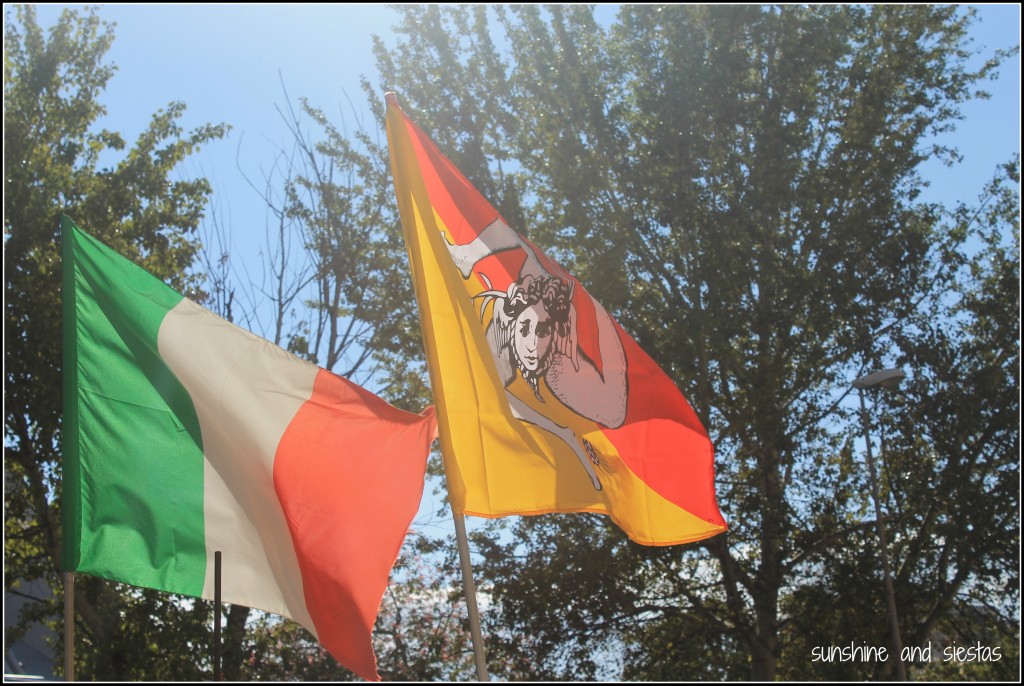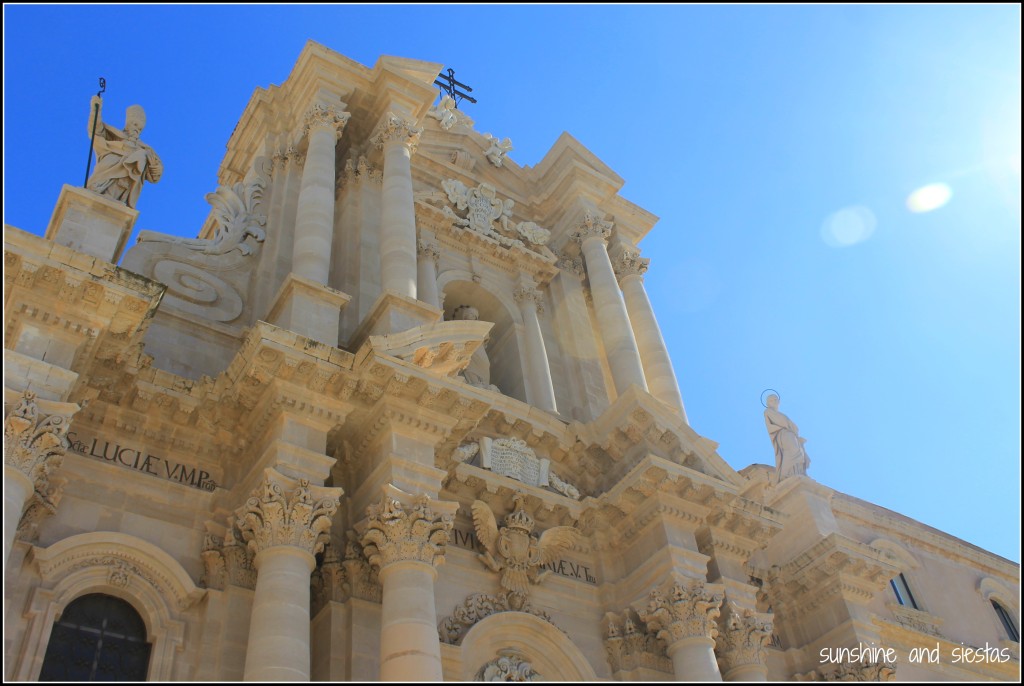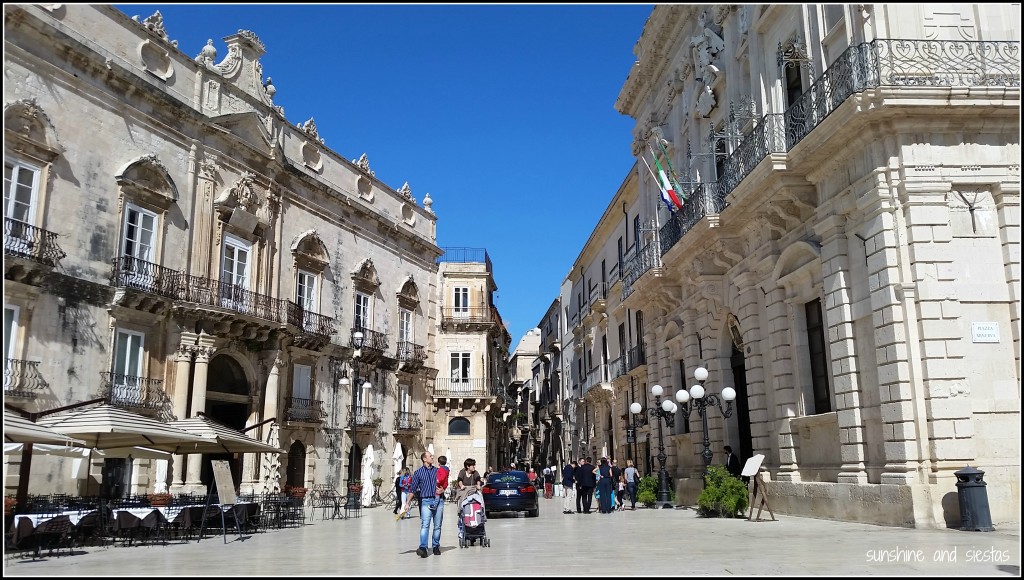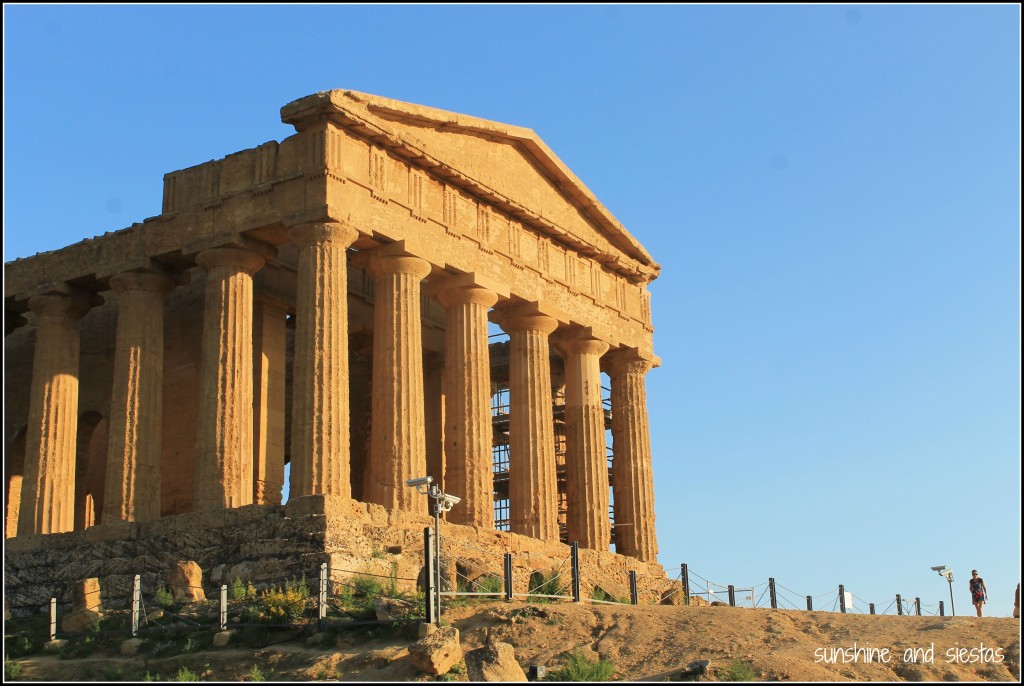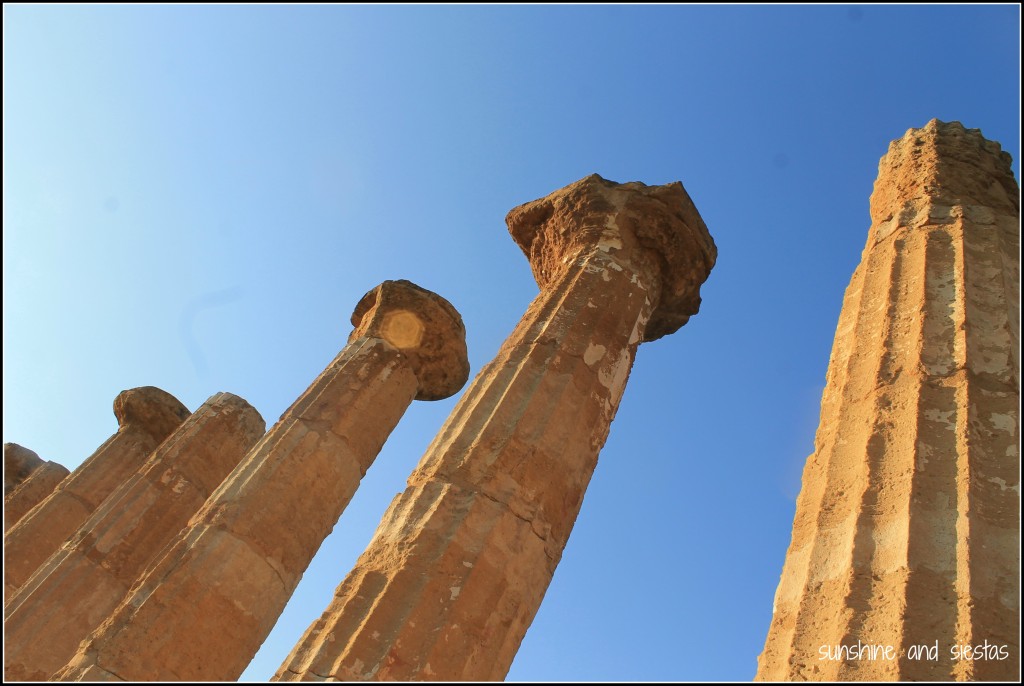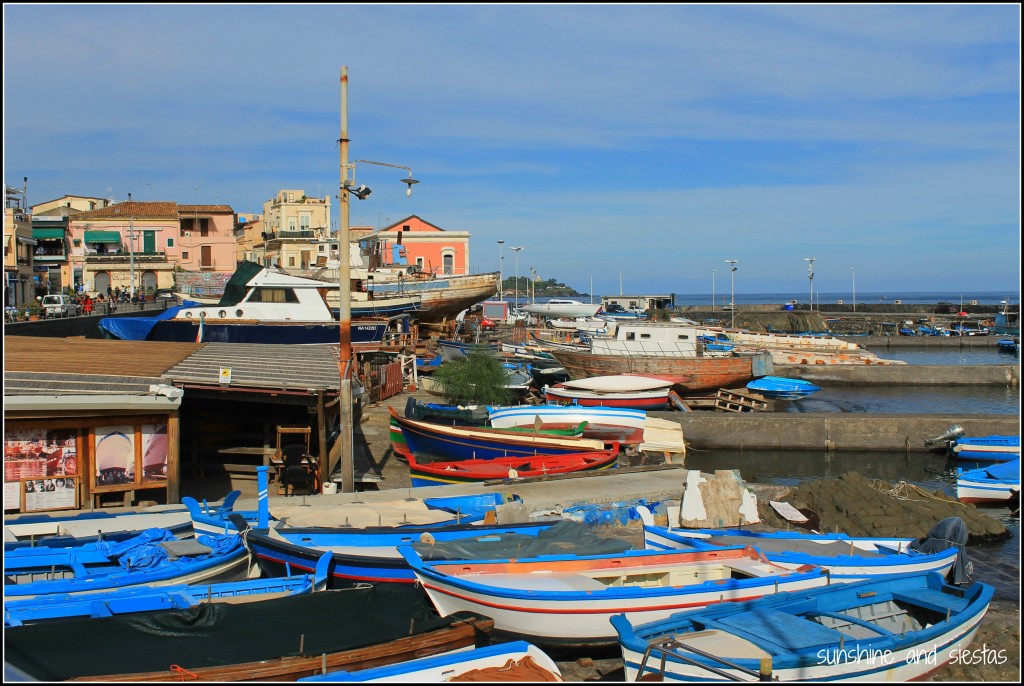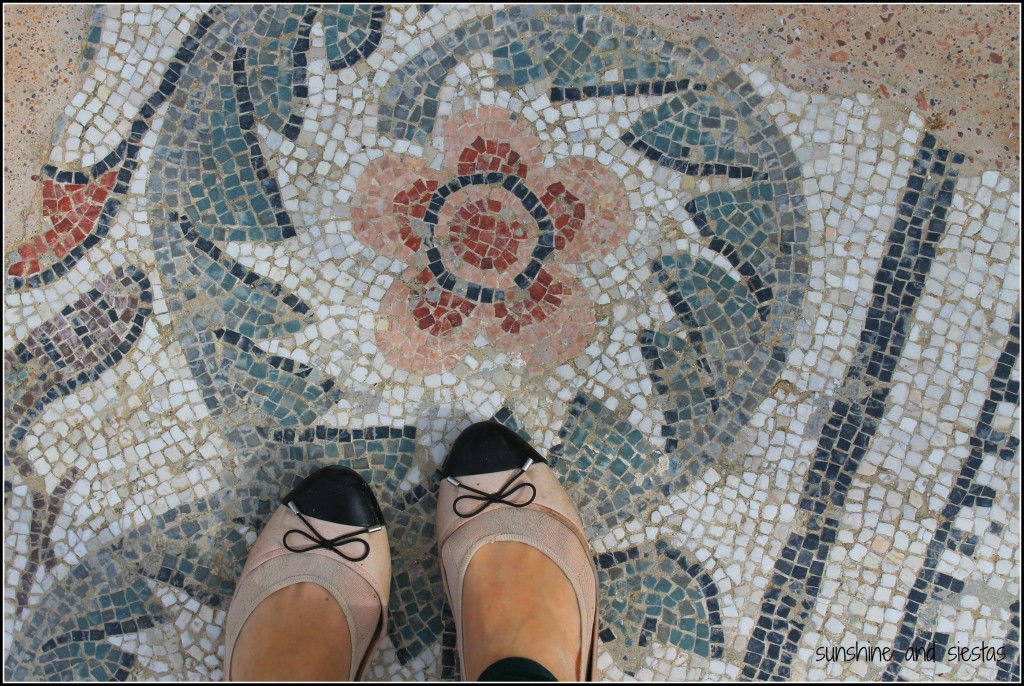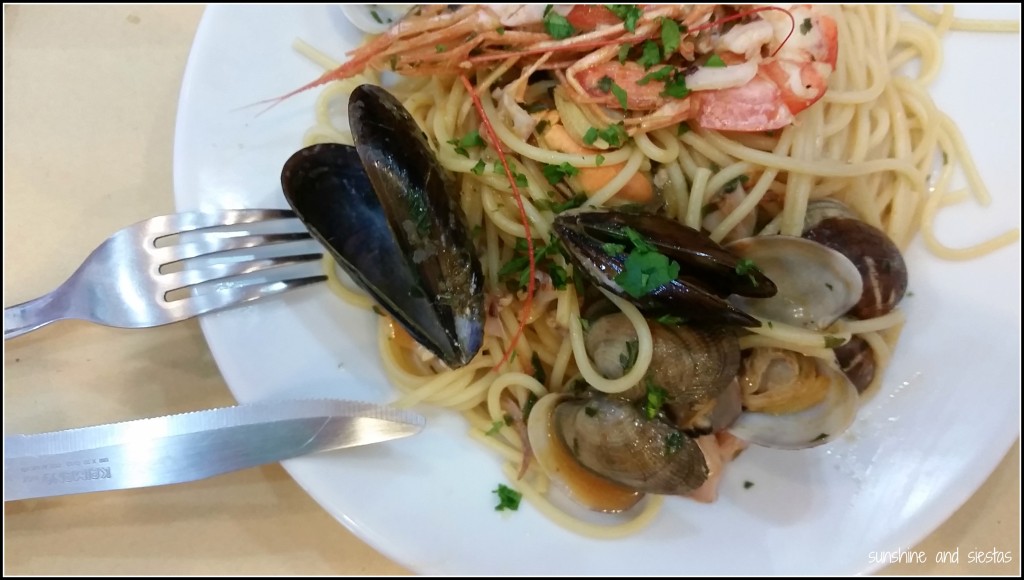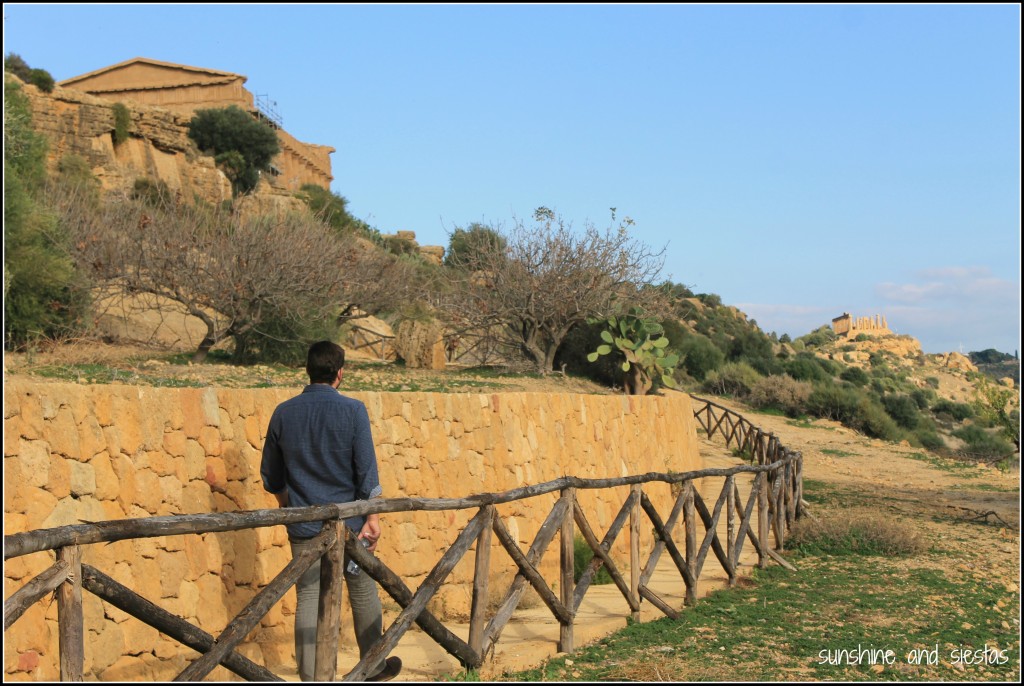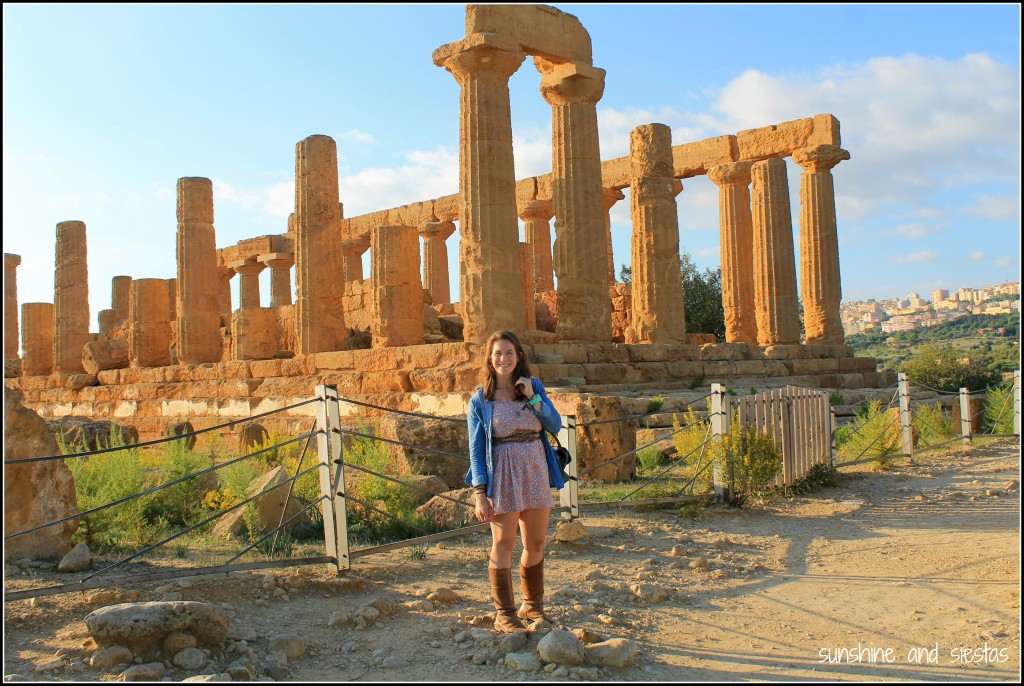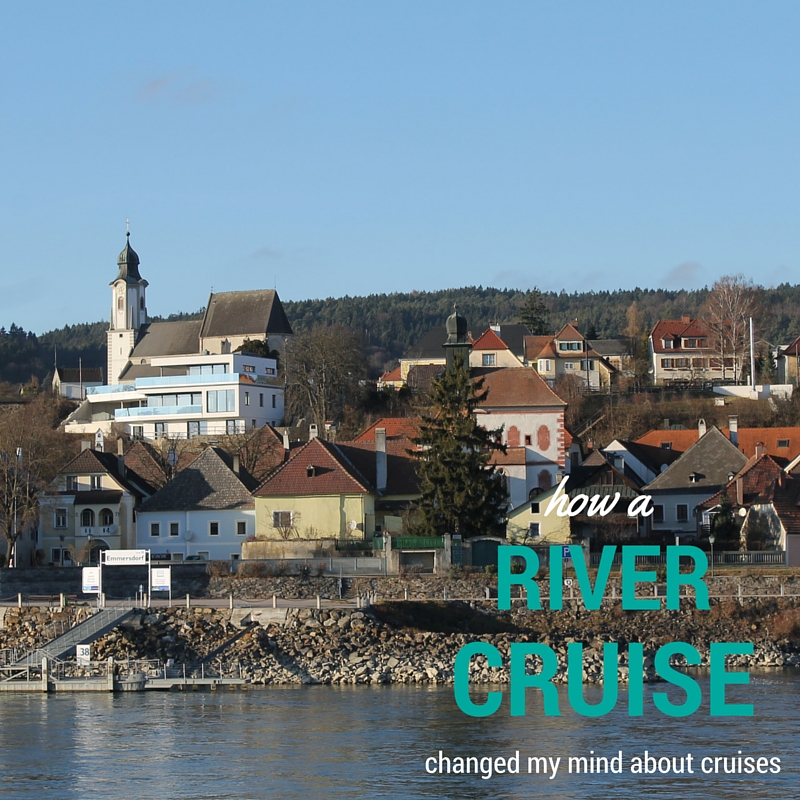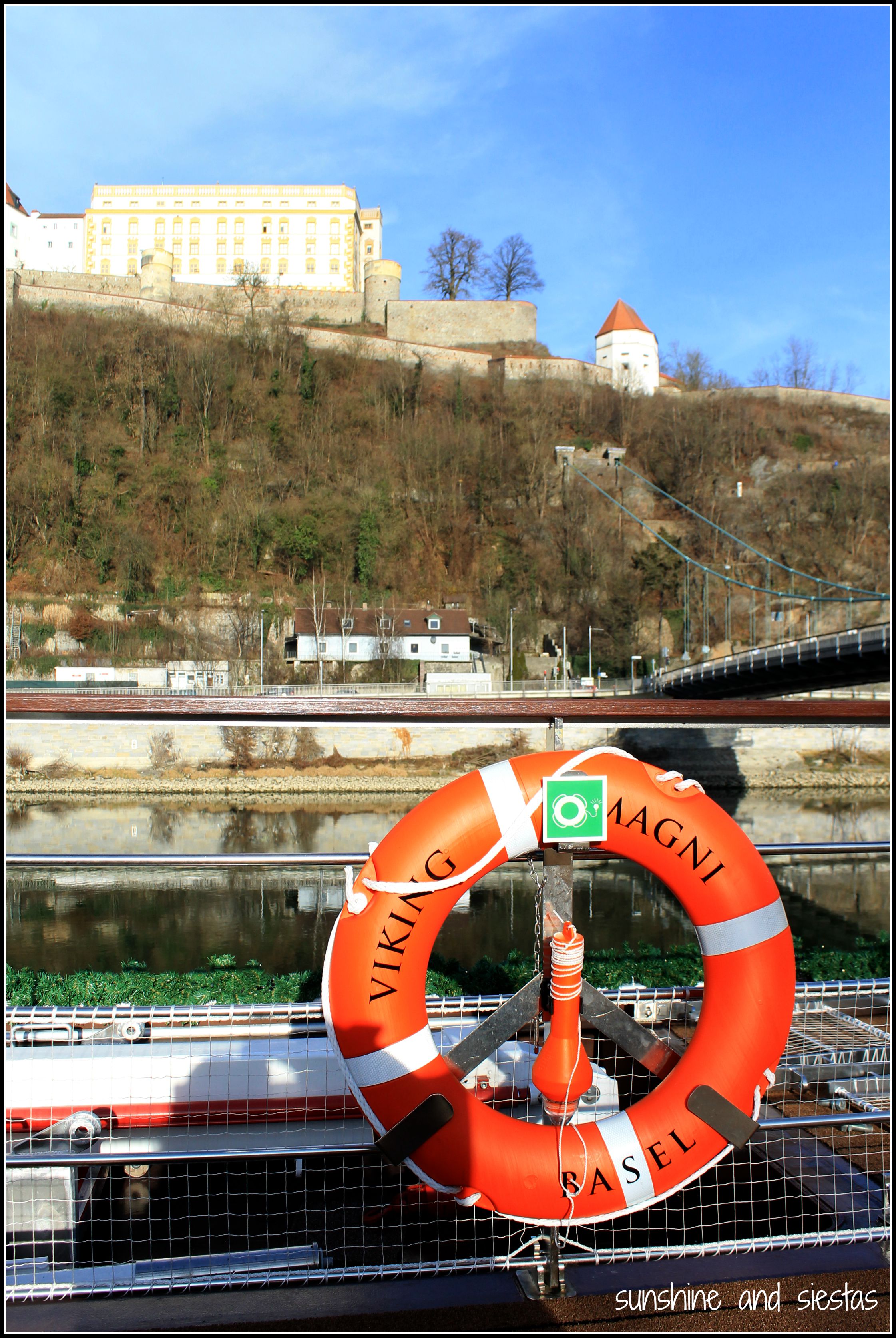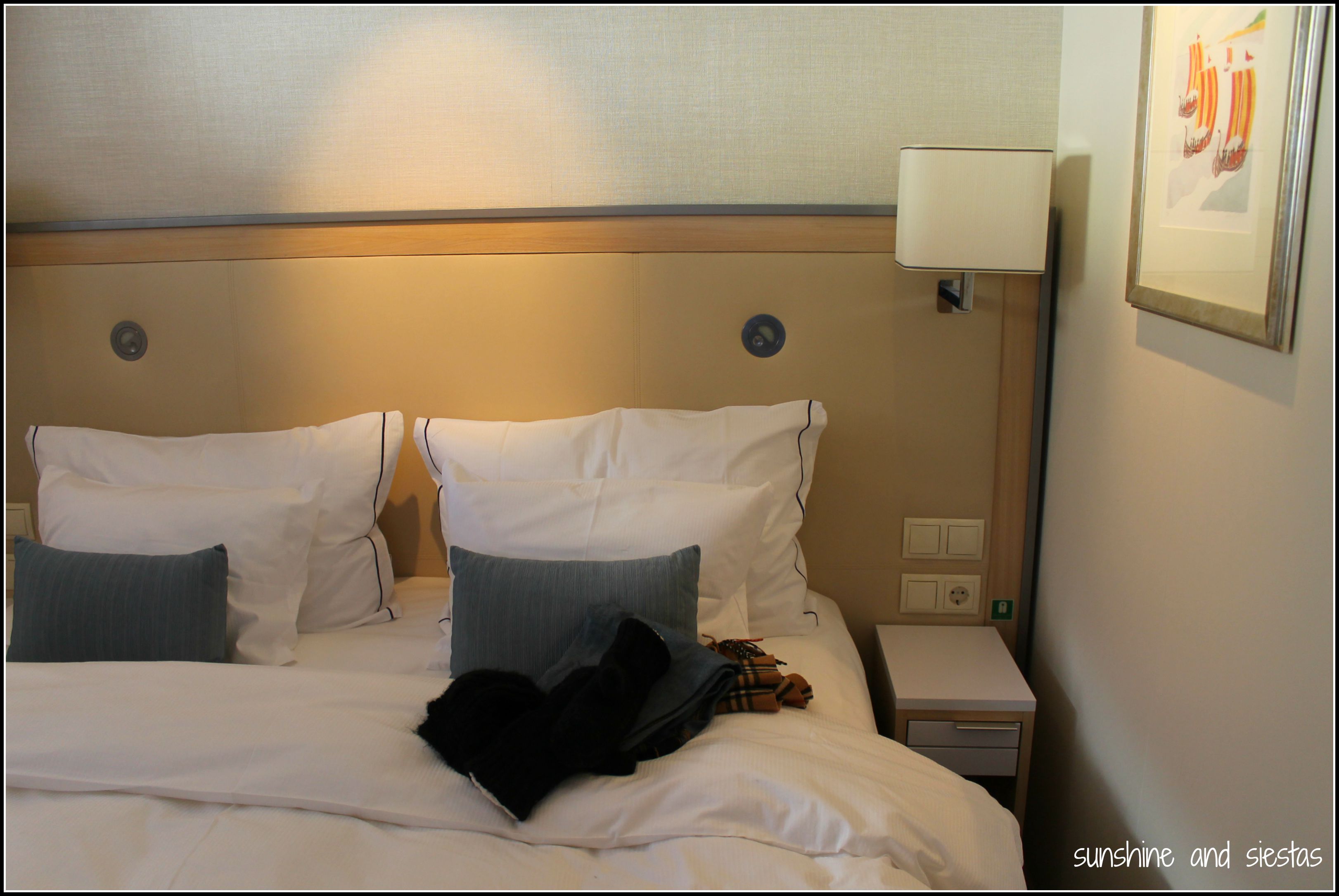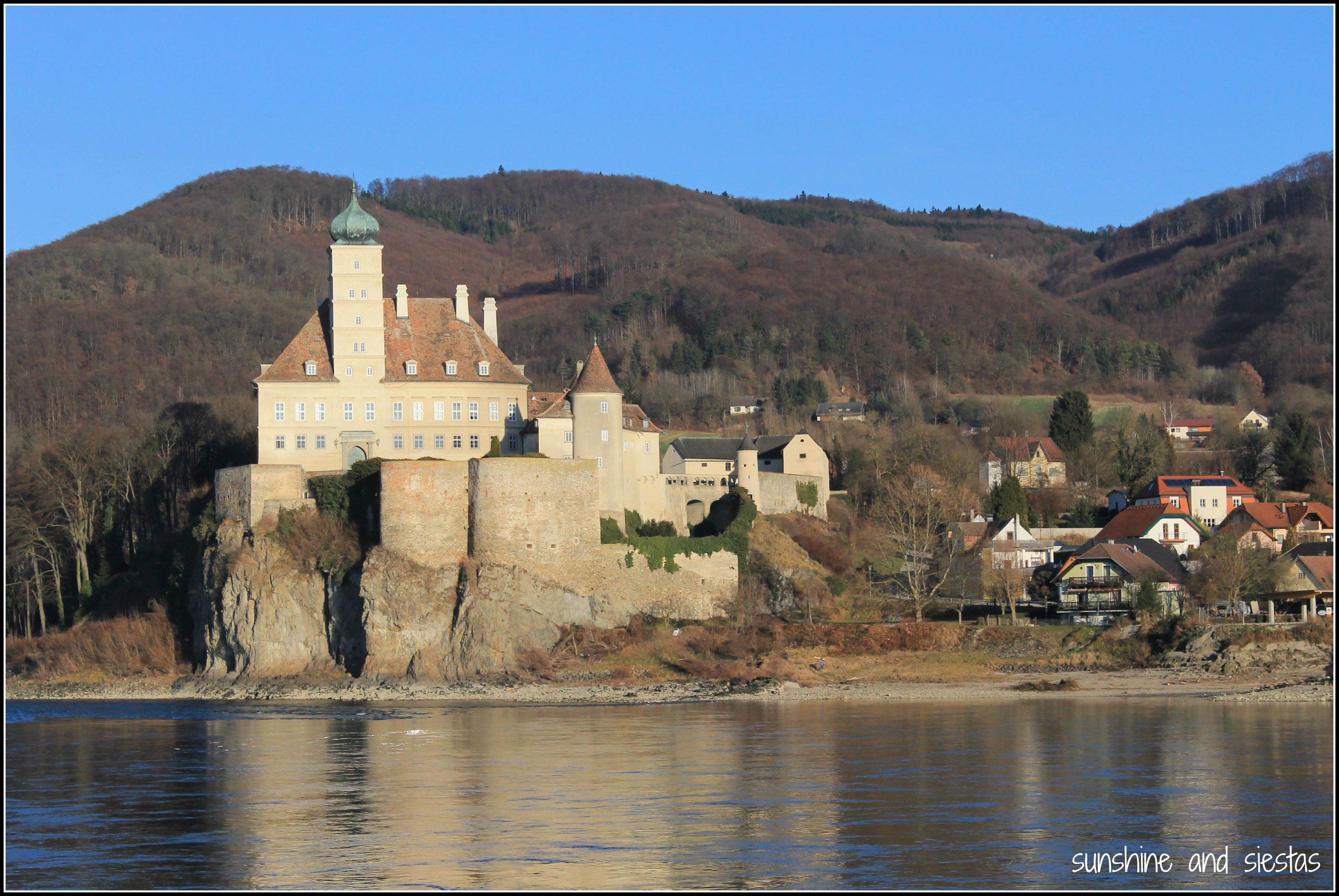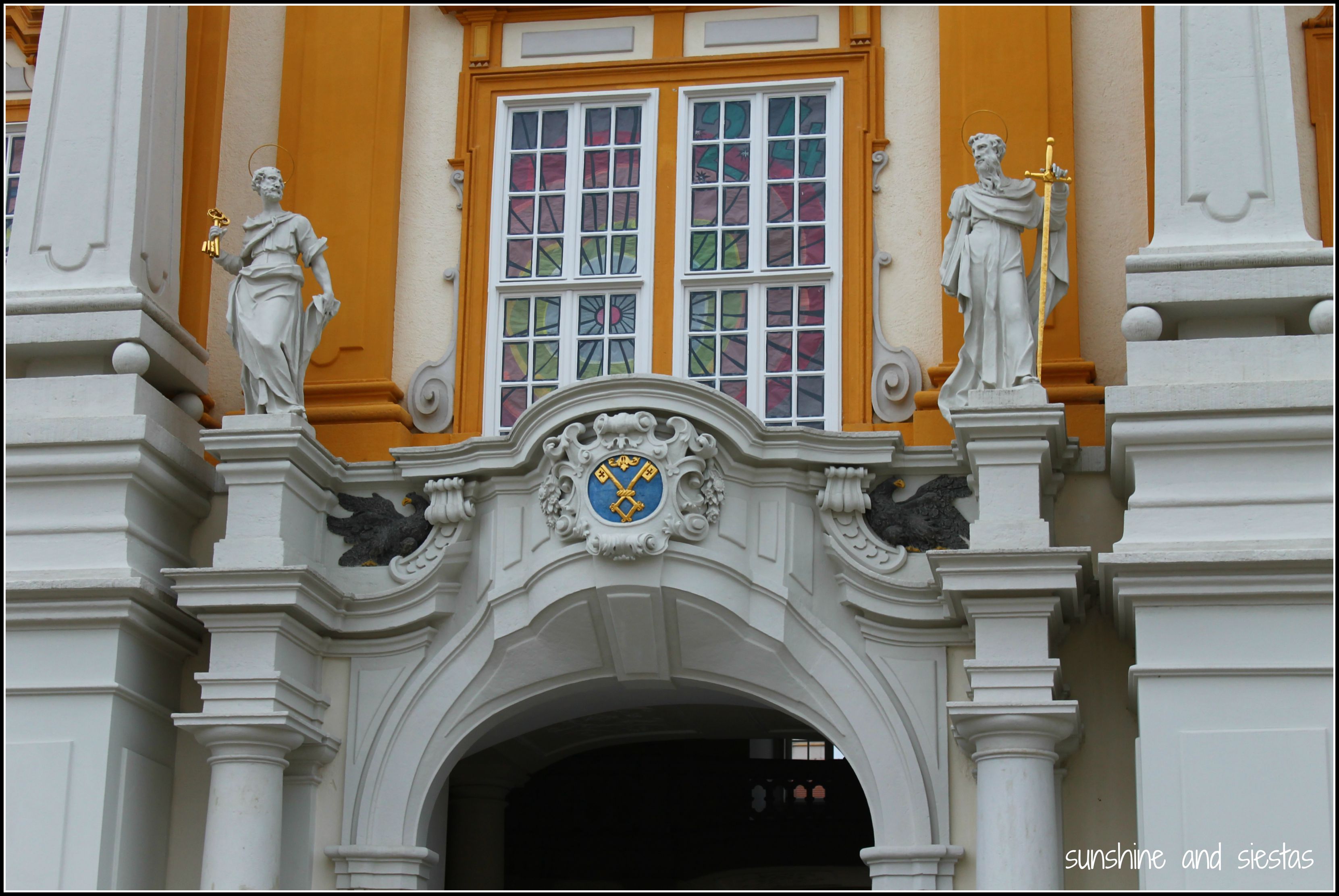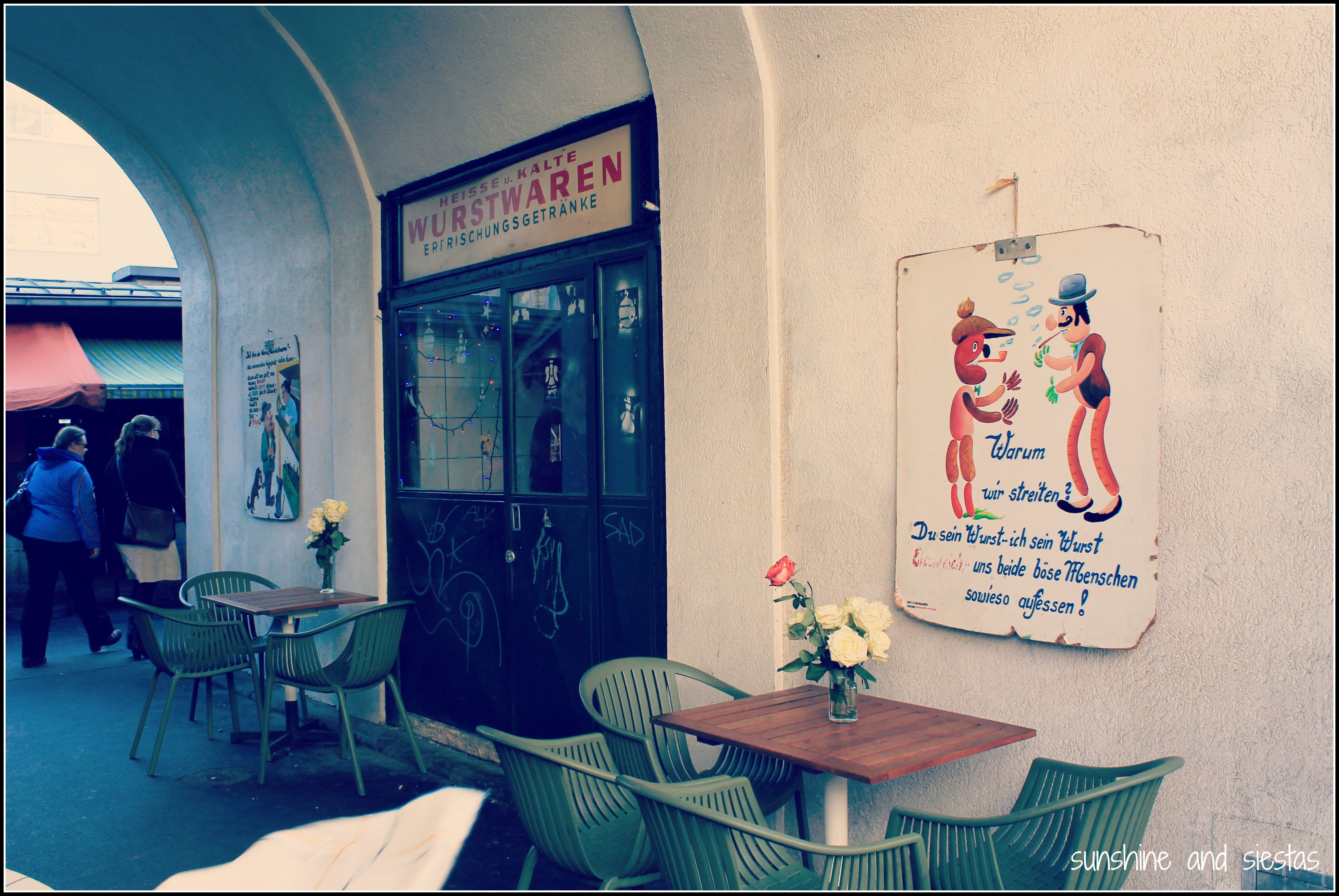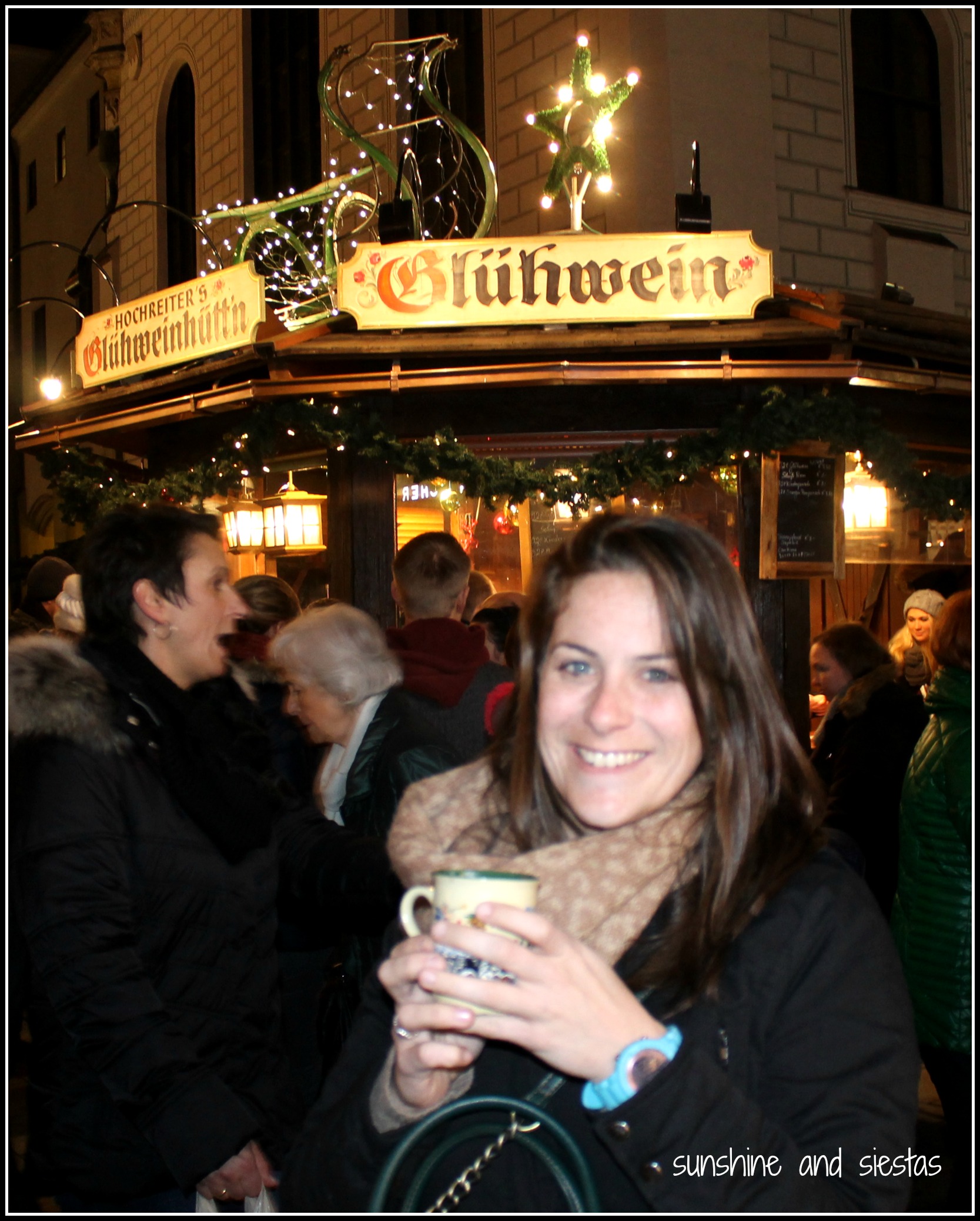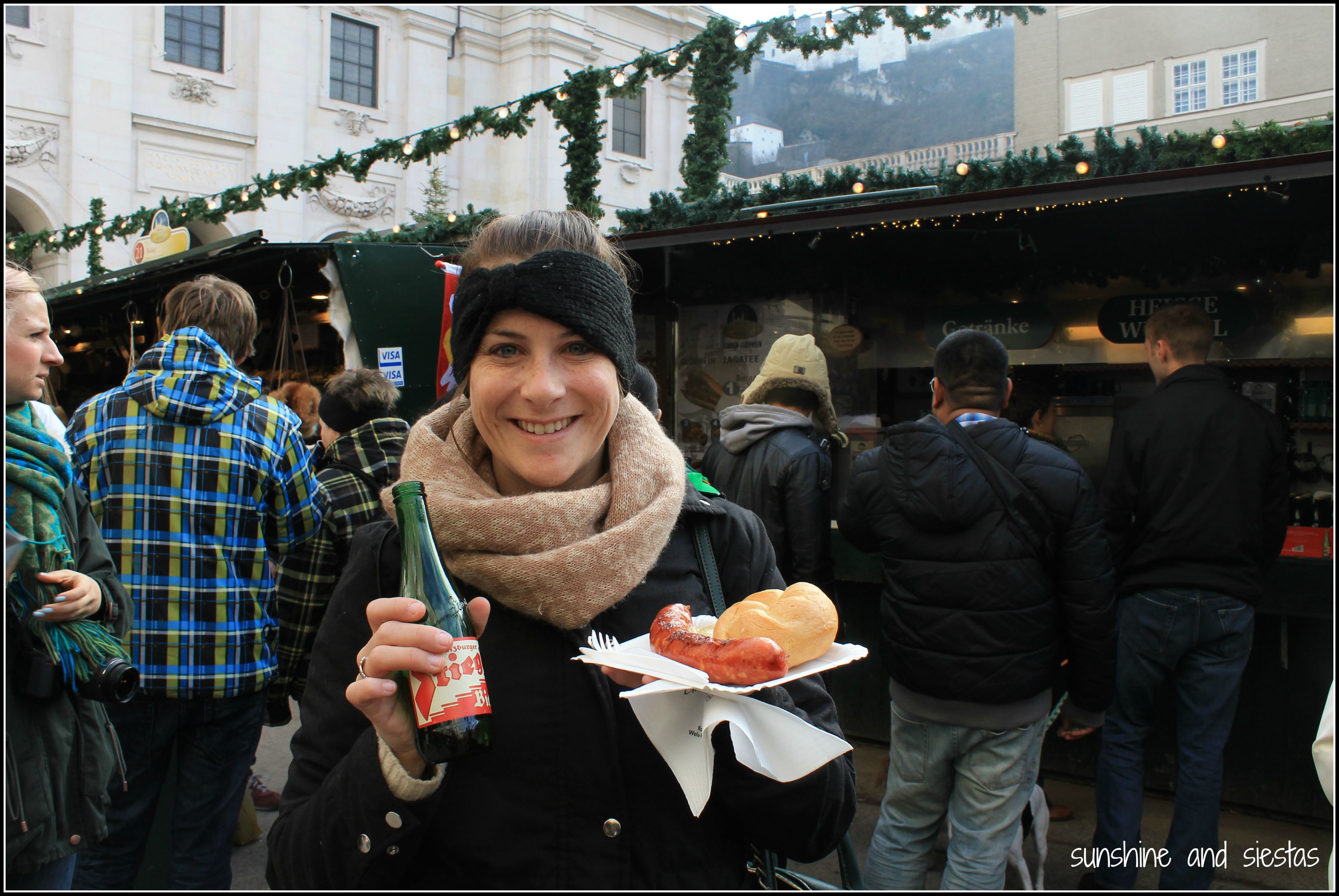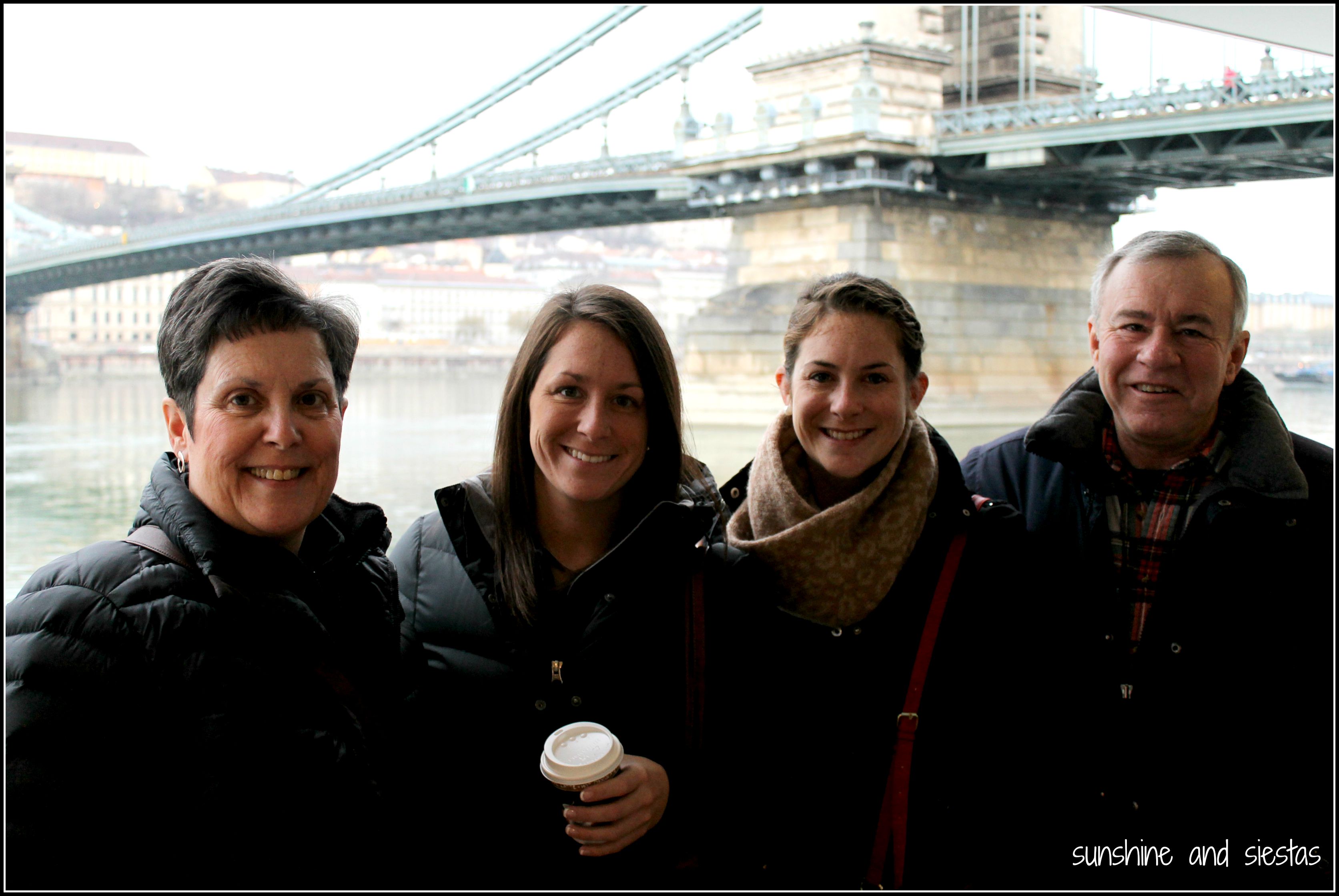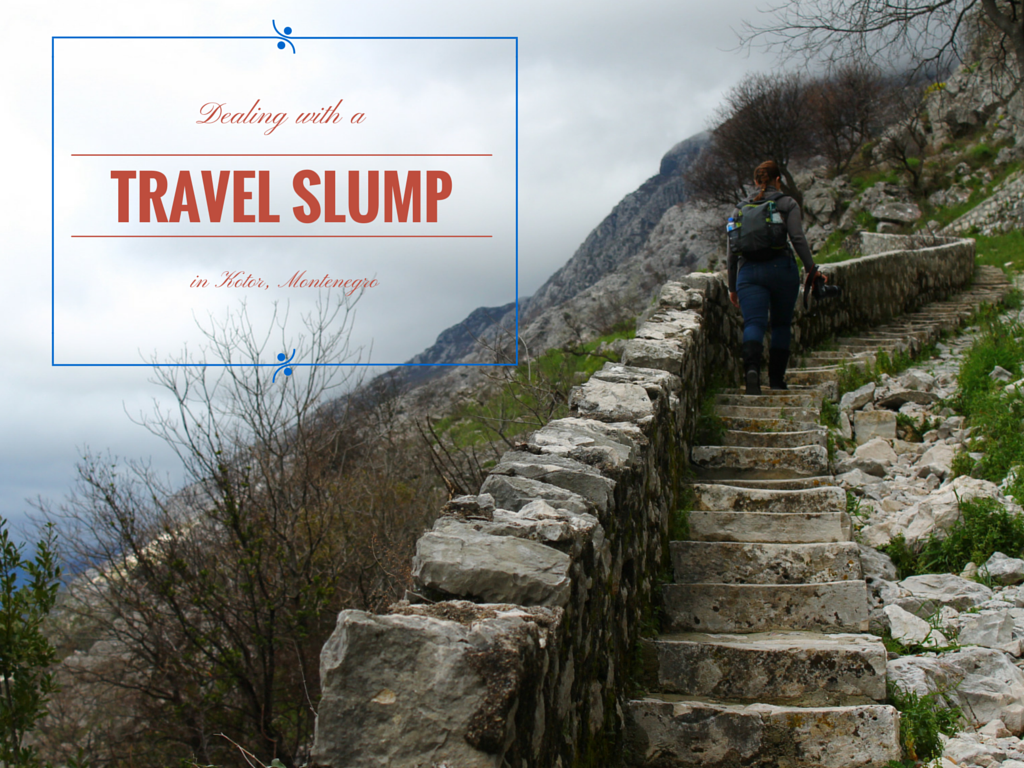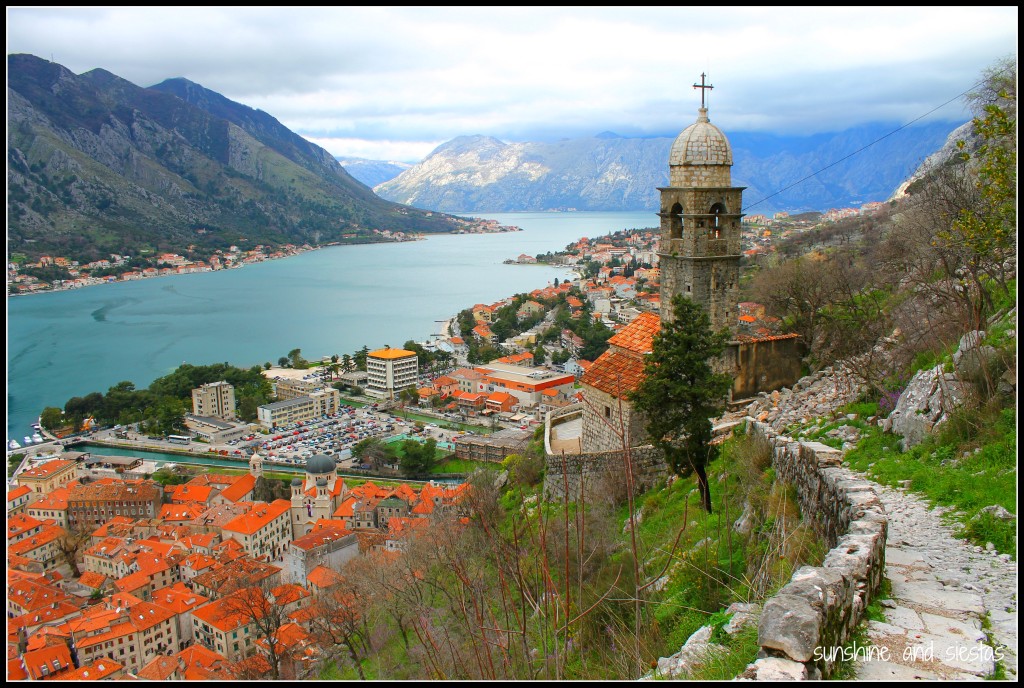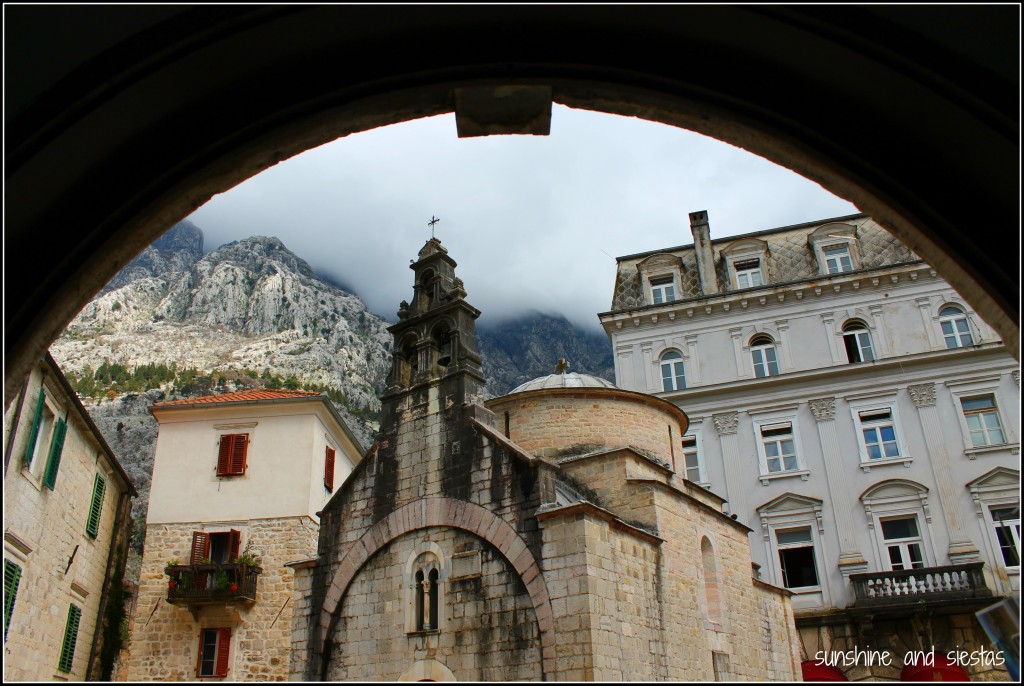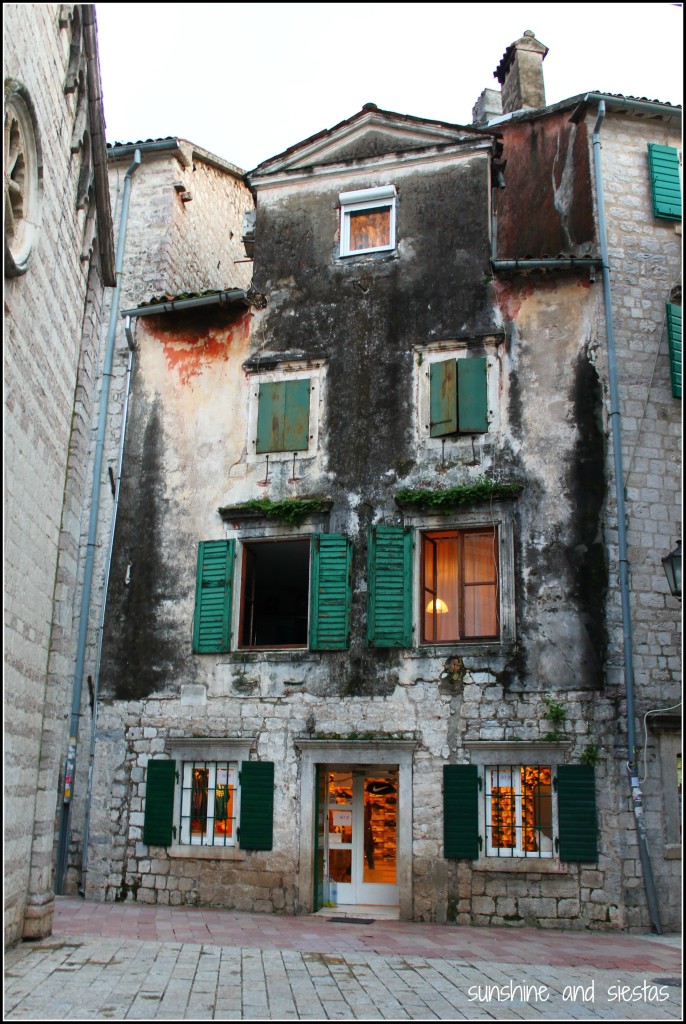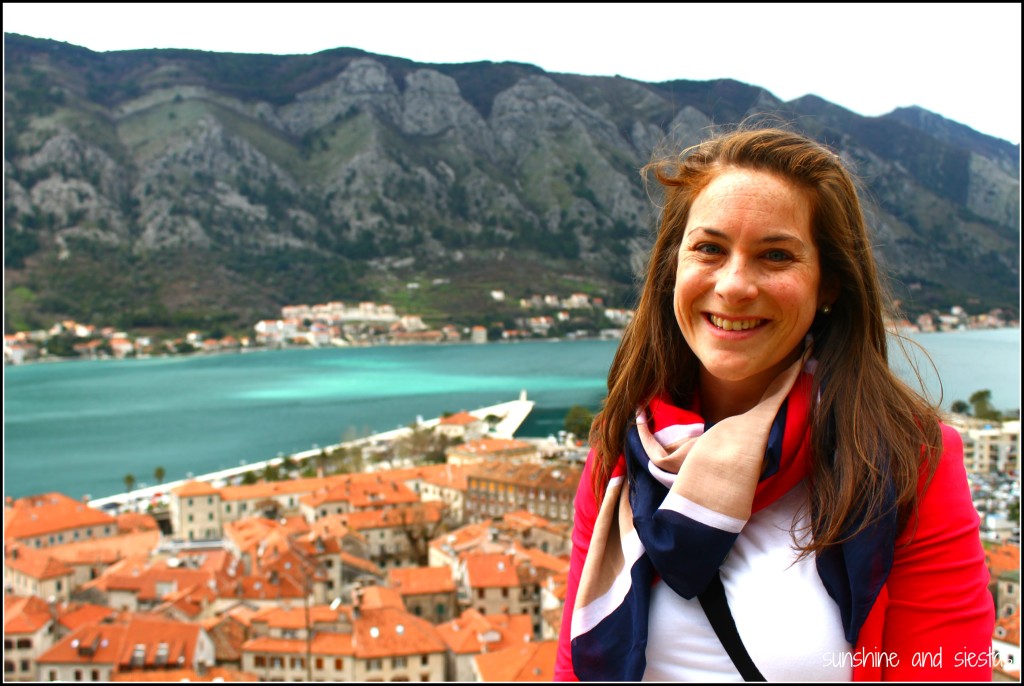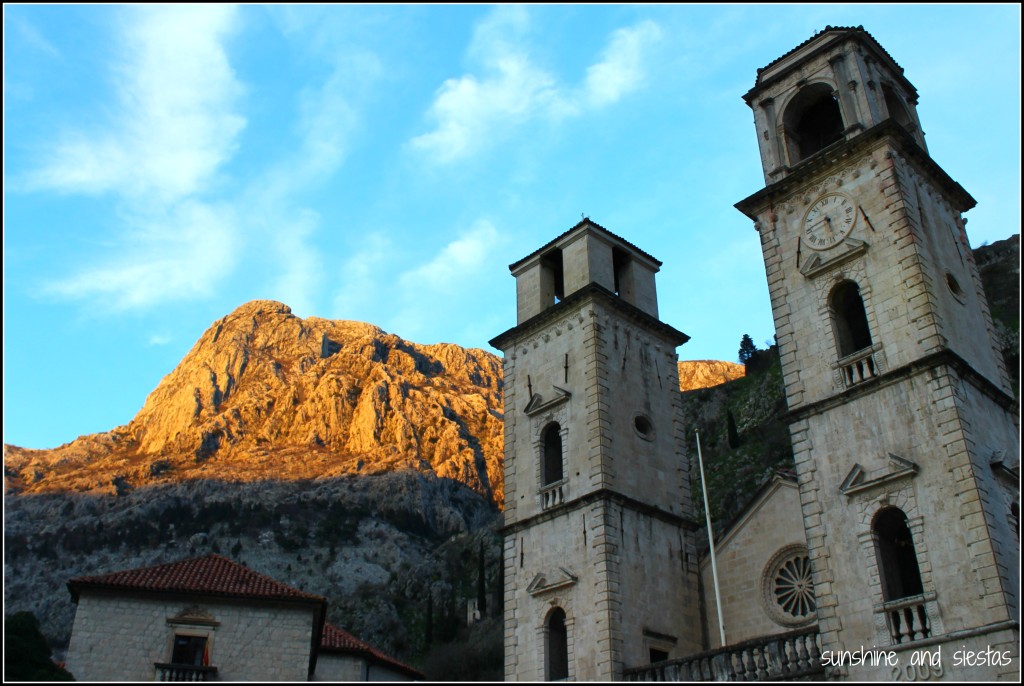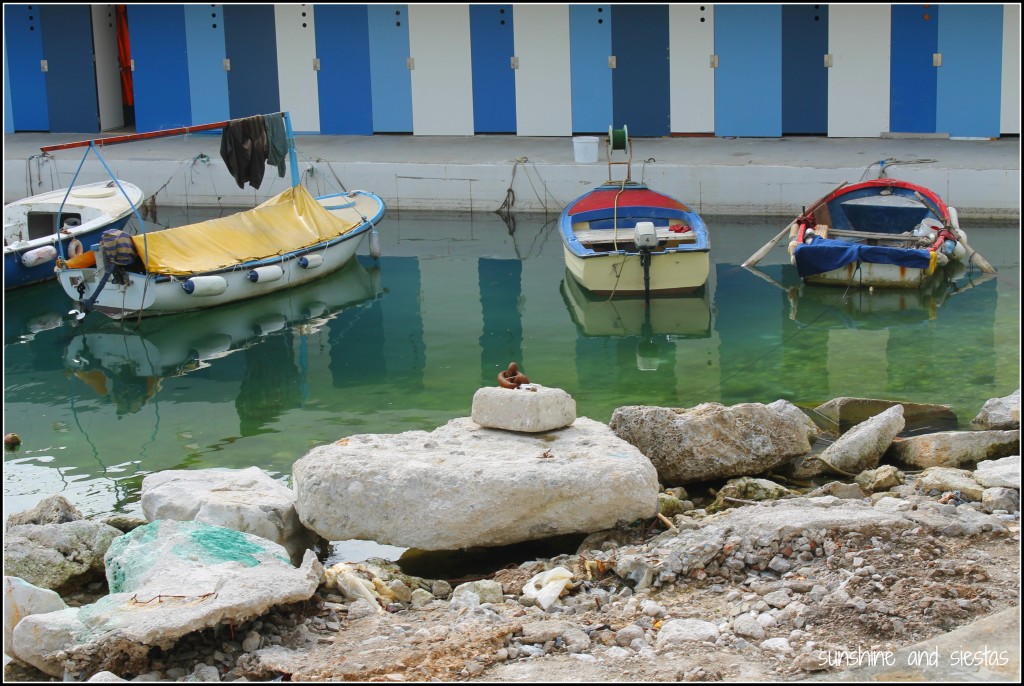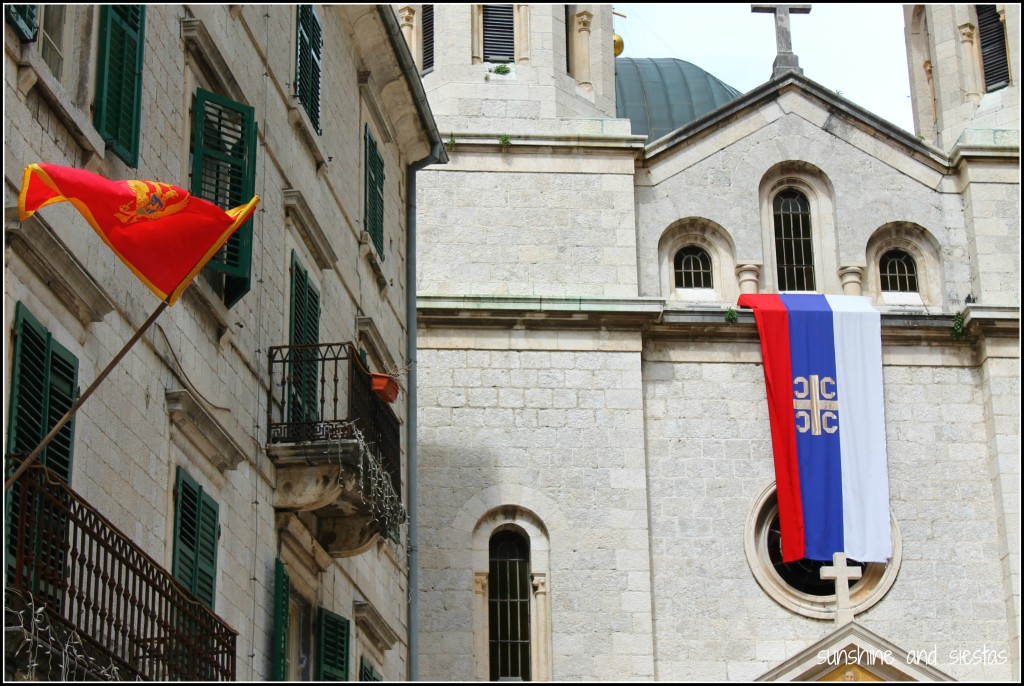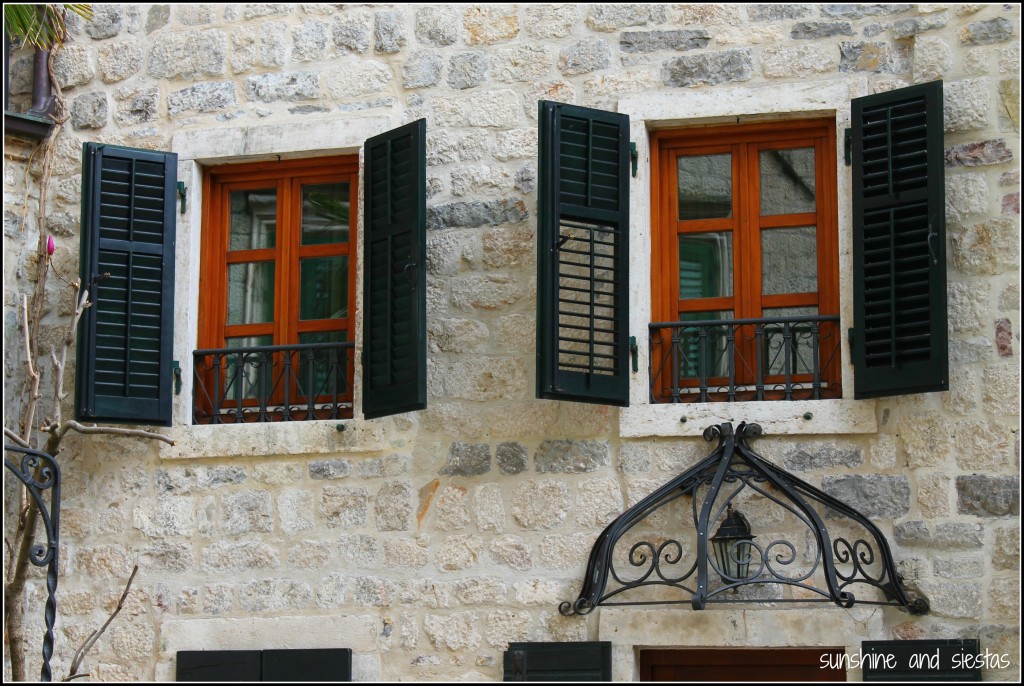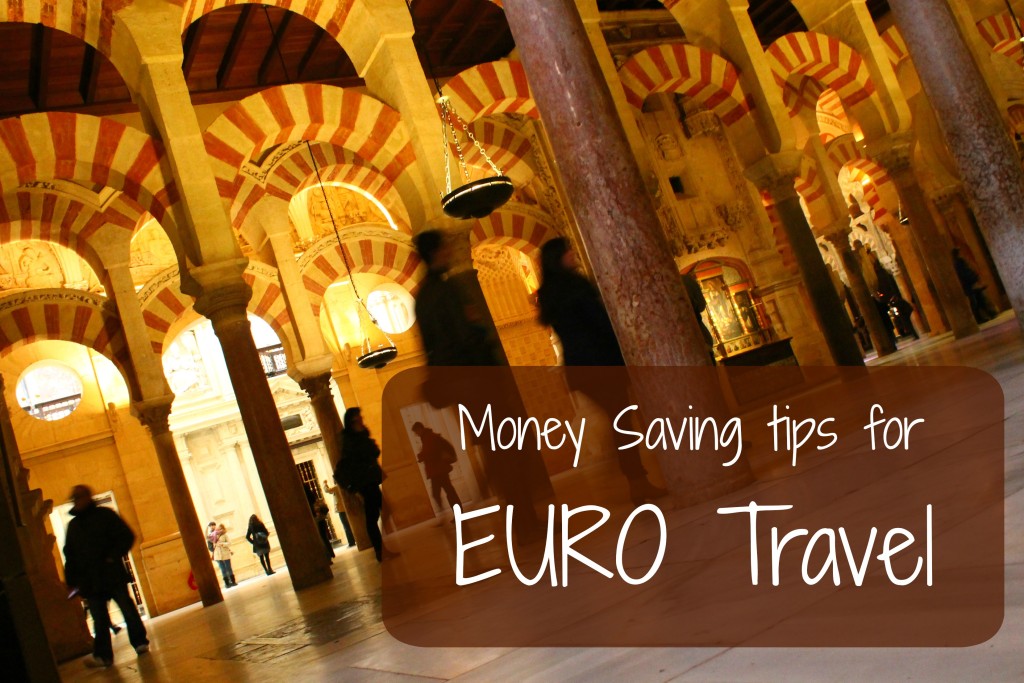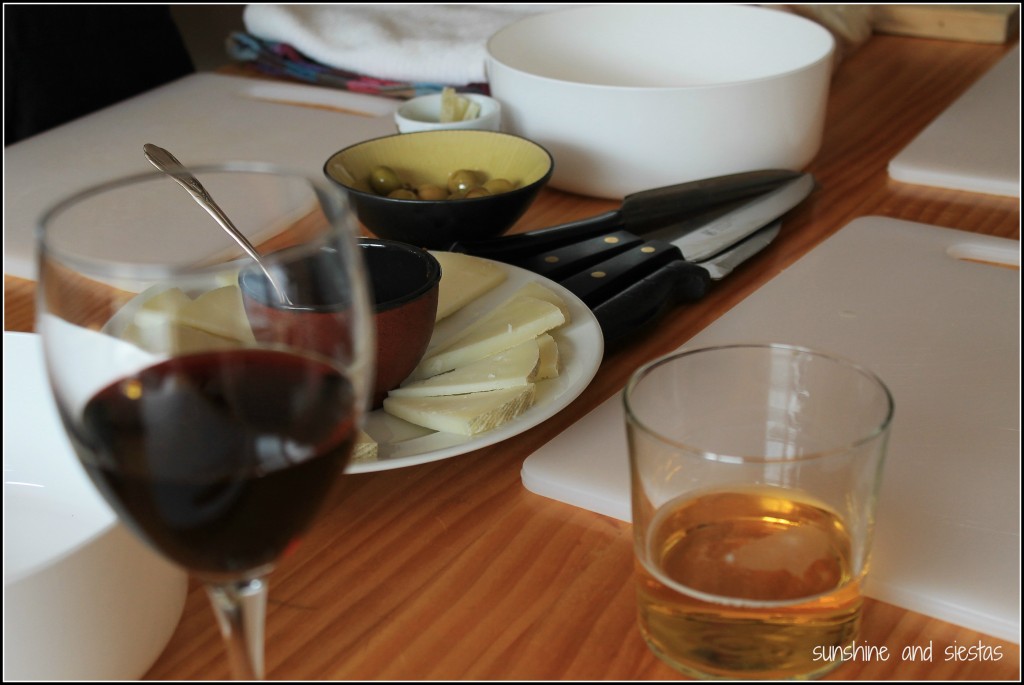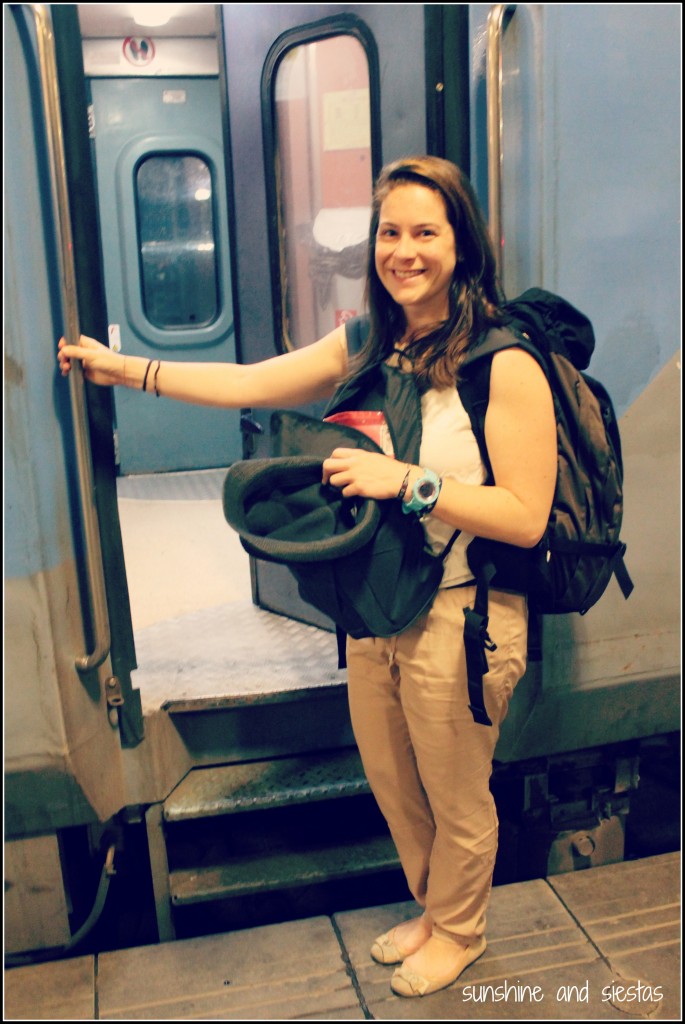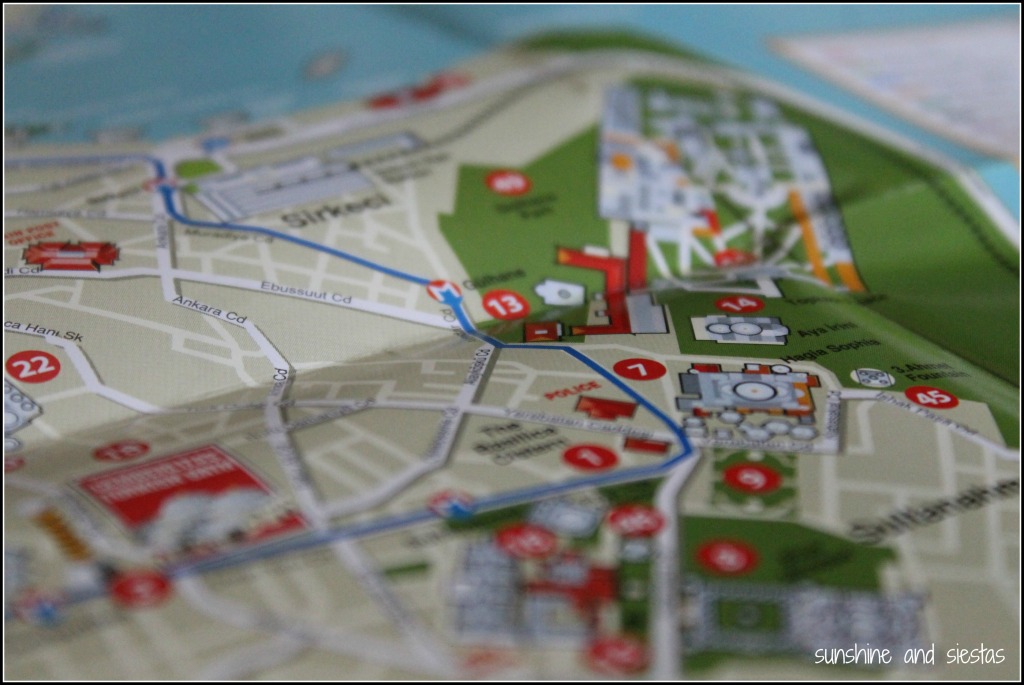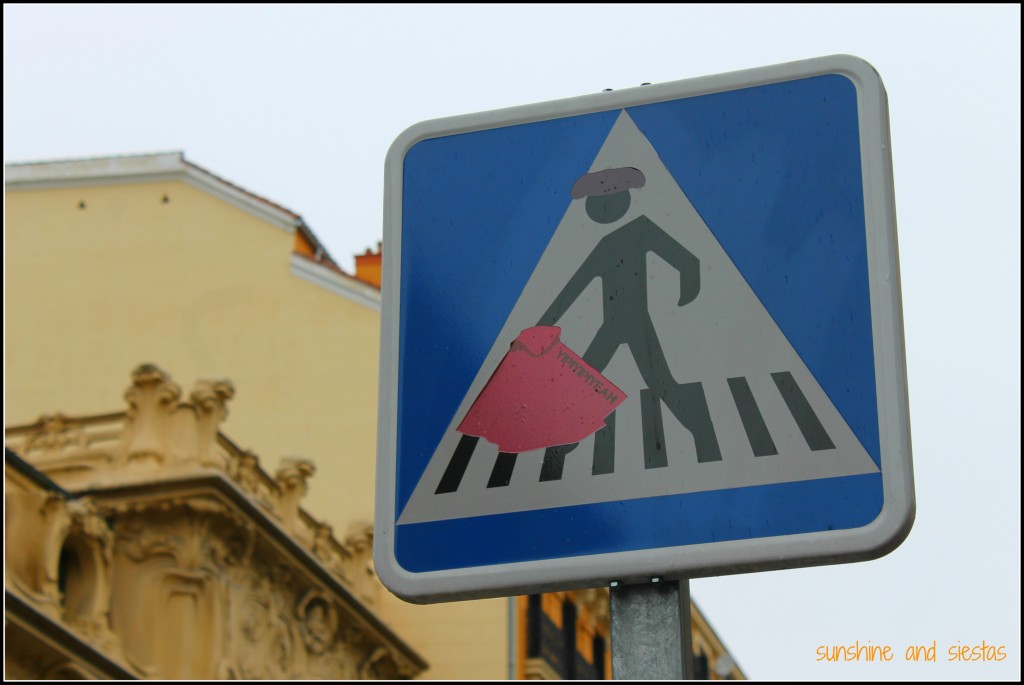“There is no word in any other language for hygge,” Maria says quite matter-of-factly. “The closest we can do is ‘cozy.'” The rain was coming down outside Copenhagen’s new Torvehallern food hall, and hygge, pronounced hyu-guh, was definitely not what I was feeling.
In the 24 hours I’d been in the Danish capital, I had become convinced at once that the Danes do everything better, from architecture to mulled wine. And, hell, they even did coziness the correct way (because the sun sets at 3:30pm and they have little choice but to hole up at home). I looked longingly at a gløgg stand just a few paces away.
For the first weekend in December, the lack of snow on the ground didn’t detract from my heart swelling for Christmas time. Everything seemed to have an extra sheen, from the glossy windows of Scandinavian design shops to the pop-up Yule markets. And there were evergreens. Real, prickly evergreens for purchase. Enough to make this Grinch’s heart grow three sizes in one day.
So, knowing nothing about Danish cuisine but pickled herring and a thing for open-faced sandwiches, I hopped onto a Christmas cuisine market tour with Food Tours Copenhagen.
Inside Torvehallern, the marketing wasn’t just humming; shoppers popped between shops selling everything from Scandanavia’s one fresh winter crop, kale, to organic wine and exotic spices. One of the glass and steel buildings held a full-on food hall; the other promoted products in small shops. Maria led us to a corner shop peddling food from the island of Bornholmer, a far-flung island south of Sweden.
“These are the inventors of our hygge,” Maria says, passing out paper plates with several small treats on them. “They had no choice but to become self-sufficient and make most of their goods at home, many of which we eat at Christmastime. Don’t be shy; grab a plate or the food will be nabbed by someone else in the market!” Starting at the top, we tried ground mustard spread over a flaky rye cracker, a sweet toffee and black licorice, followed by a lingonberry jam and a berry liquor.
All this in under 90 seconds, lest a market-goer get a free sample. Maria followed up with a 40-proof grain liquor called Acqua Vit and a shout of skål! Oh, so that’s how the Danes stay warm in winter, I thought to myself as I shuddered from the taste.
Gløgg, an even more potent version of mulled wine, was ladled out for us at a nearby stand that faced a courtyard between the market’s two main buildings. The Scandi sort also includes vodka-infused raisins and almonds at the bottom of the glass, and I could feel four liquid ounces of hygge give me a boost of warmth as we tackled an outdoor stand.
Kanuts Kitchen, a free-standing food truck bridging the food hall and market by way of Viking-insprised dishes. The owners use only ingredients that existed in the first millennia – think pork sandwiches and root vegetables. We sampled aebleskiver, an apple dumpling made over a naked flame. Lingonberry jam and powdered sugar brought them into the 21st Century (and the food truck, which is a thing of its own on Copenhagen’s Paper Island).
At this point in time, I’d figured savory treats would not be included on the tour, so I let my sweet tooth have a field day. Back inside the market, Maria led us to Grød, the Danish word for porridge. Smells of leeks and carrots wafted in our direction every time a frazzled shopper opened the heavy glass doors behind us, bringing in a gust of chilled air.
She handed us a cardboard cup of rice laden with cinnamon, sugar and a hunk of butter. Legend has it that Danish children once believed that gnomes helped clean the house and look after the livestock, and grateful parents asked their children to leave them a small bowl of rice porridge, risengrød. It was probably my favorite dish of the day, even though my blood sugar was through the roof!
It seemed that everything I’d heard about the new Scandi food movement was wrong – we’d eaten porridges, enough butter to put a cow into retirement and had heaps of grain liquor. What happened to the fresh, inventive cuisine I’d been expecting?
Scandanavian food is having its moment of glory, thanks to the NoMa revelation in the early 2000s. What was once known as a butter-heavy, bleak gastronomic landscape was transformed thanks to local products, a focus on what’s fresh (again, just kale in December, often paired with – what else – herring) and the mastermind of René Redzepi. A restaurant of the same name – the hybrid of Nordic Food, or Nordisk Mad – is consistently among the world’s best.
After a quick stop for more chocolate and a spicy chai tea at an exotic spice market, we braved the cold once more to head to the Nørrebro brewery. As it turns out, the Danes begin their Christmas season a month earlier than Spaniards with the annual J-Day, or Julebryg beer day.
Only on the market for 10 weeks, the special Christmas brew kicks off the first Friday in November with bars offering the first few rounds on the house. Nørrebro treated us to their version.
Dios, these daneses even have the Christmas spirits market cornered.
After two more rounds, I left the brewery and started back for the market, determined to find some food souvenirs and maybe another snack. Unlike most food tours, I wasn’t ready to roll home but had snacked enough to be comfortable. I did as Maria suggested – a hot dog on the street, mustard and fried onions dripping all over my hands.
It would still be another few days before I got an open faced sandwich, called smorbrød, and I justified more than one pastry a day on account that a snegl was cheaper than a burger. After four days in Copenhagen, I’ve got little idea what the Danes eat but have pulled out Christmas cookie recipes for my family’s upcoming visit for a very Spanish navidad.
My Christmas memories as a kid tasted decidedly more Scandinavian than Spanish – gingerbread, warm drinks and a few sips of schnapps when I reached my teenaged years. Two hours and probably more alcohol than I needed at that time of the day, I was ready to hole up for hygge and feel nostalgic for my homeland, where snow falls for Christmas and it’s dark before dinner on a stark winter night.
Food Tours Copenhagen kindly offered me a discounted tour, though I was under no obligation to write a review for them. That said, I learned that Danes ALSO do Christmas better than we do, and that is an opinion Maria shares. Find out more about their tours in Copenhagen, Stockholm and Oslo on their website.
Torvehallern is located at Frederiksborggade 21, close to the Norreport transportation depot and only steps from Rosenborg Castle. You can find the Nørrebor Brewery at Ryesgade 3 across the canal, and buy candy in bulk at Somods Bolcher at Norregade 36, just around the corner from the market.
Have you ever been on a food tour on your travels? Do you eat any typically Danish Christmas foods n your family?
